|
This is a revolutionary new way of thinking about style. All of the advice you've received, all of your life, has been about how to dress your body. "If you're petite, avoid long pants. If you're curvy, emphasize your waist. " As far as I can tell, every other style system advises you to dress primarily for your body. But your body isn't what people are mainly looking at. They spend the vast majority of their time looking at your face. And dressing for your body at the expense of your face means you end up looking all wrong. Let me offer you several examples to demonstrate this phenomenon. Here's Ellie Kemper: You might know her from "The Office" or "Unbreakable Kimmy Schmidt." She's adorbs, right? If you're guessing that she has a lot of Gamine and a lot of Ingenue (and maybe some Classic?), I'd agree with you. Those stripes are cute on her. (The palette is a separate issue, but never mind.) Another pic of her looking fantastic: The headband! The bangs! The cardigan! The tiny earrings! The Nancy Drew hair! So, so right for her. So much Gamine and Ingenue. (And maybe some Classic.) Here, tiny ruffles, tiny necklace, yoke emphasis -- so Ingenue, and so good: And here: adorable, face-framing curls, small geometric print, simple, round neckline, high waist -- again, lots of Gamine and Ingenue, very good: Just a few more images of her looking awesome with lots of Gamine and Ingenue (and some Classic): But let's imagine that Ellie Kemper's going to get style advice that considers her body as a significant factor. I don't know if you noticed, but Kemper actually has a super-curvy, very Romantic body.: Most style systems will assign Ellie Kemper a style type that dresses her for her curvy body. But that would be all wrong. See how uncomfortable, how not-herself, this Gamine Ingenue (or Classic-Gamine-Ingenue) looks in Romantic styles: Thank goodness Kemper (or her stylist) usually understand that she needs to dress for her face, not her body. Here, Kemper's waist is obscured and her bust is unemphasized. And it's sooo much better! (Jenna Fischer, also from "The Office," is another example of a woman with a Romantic body but a very youthful face. Like Kemper, Fischer looks all wrong in overtly sexy clothes. By contrast, Mindy Kaling of "The Office" has quite a bit of Gamine, like Kemper and Fischer do -- but she also has enough sexy Romantic in her face to totally pull off figure-emphasizing clothes. ) "If you got it, flaunt it" is not a thing. Let it go. Only emphasize your curvy body if it also harmonizes with your face. Dress for your face. Other celebrity examples of dressing primarily for one's face, not one's body:
A rather Ingenue face (tiny chin, high forehead, big eyes.) Is she better in Ingenue or Natural? Ingenue bows, ruffles, puff sleeves, cap sleeves, high waist, feminine hair, midi length skirt: so good. Natural t-shirts, layers, separates, shaggy hair, undefined neckline, geometric shapes -- not great. Jane Krakowski is lovelier when she dresses her face, not her body. I'm not saying to totally disregard your body. There are individual tweaks your body may call for that are consistent with a style your face doesn't manifest. For example, Jane Krakowski is flattered by open necklines; they elongate her rather short neck. That's consistent with Natural, not with Ingenue. But her open necklines are best when they're adorned with ruffles or bows. True Natural necklines are wrong for her. 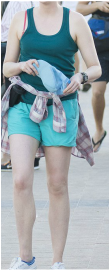 extremely tall, mostly Dramatic body. Christie is so tall -- 6'3" -- and relatively narrow, most style systems would require her to dress as a Dramatic, or a Dramatic/Natural blend. But that's really wrong for her. Mostly Dramatic, and so not great: Much more feminine, and so much better for her: Even more celebrity examples:
To sum up: 1. Identify your style identity based primarily on your face. 2. Make a few tweaks in the direction of a different style identity if you know your body calls for it. Dress for your face!
110 Comments
For several years, my readers have been asking for makeup guides for each of the 63 style types. I started doing the research necessary to create these guides in 2017, and I'm finally done! Your makeup's color palette comes from your color season. But two women with the same color season won't apply makeup the same way to look their most beautiful. Have you ever wondered why certain makeup trends -- a matte lip, a cat eye, contoured cheeks -- just don't work for you, even when you know that the colors you're using harmonize with your skin? The reason is that the lines of your face, which determine your style type, harmonize with certain makeup looks and not others. Not everyone looks harmonious with fuller lips. Not everyone looks harmonious with contoured cheekbones. Not everyone looks harmonious with a smoky eye. Not everyone looks harmonious with delicate, plucked brows. Here are two pics of me in two different makeup looks. In both pics, I'm wearing Soft Autumn colors. But I think you'll agree that I'm lovelier in the pic on the right than the pic on the left. My style type is Ethereal Natural, and the pic on the right shows me in an Ethereal Natural makeup look. The pic on the left is a look with elements of Classic, Romantic, and Dramatic -- all essences that are unimportant for me. On the right, my skin finish is less powdery and matte, my eyebrows are less intense, I'm not wearing foundation, my makeup's overall level of contrast is lower, and my overall impression is less made-up. These are all features of an Ethereal Natural makeup look. Now, if I were a Romantic-Dramatic-Classic, chances are I would look gorgeous in a more matte, more made-up, higher-contrast look. Angelina Jolie is a Romantic-Dramatic-Classic, and that kind of makeup look is gorgeous for her: It's interesting to note that Jolie and I both have the same Soft Autumn color palette. Yet because the geometry of her face is Romantic, Dramatic, and Classic, her best makeup look is much more sexy, intense, and traditionally feminine than mine. My best makeup look combines Natural's no-makeup aesthetic with Ethereal's lightness and delicacy. The makeup guides are about 30 pages long. Here's what each guide includes:
Since I expect a high volume of initial orders, please allow UP TO A WEEK for your makeup guide to be delivered by email. All guides will eventually be instant downloads; at that point, you won't have to wait. :-) Scarlett Johansson, Renee Zellweger, Cynthia Erivo, Florence Pugh -- what did you think of their Oscar looks? Here, I share my thoughts about their color and style choices. This post is part of a series exploring how to make the best use of your color palette. Two women with the same color season might wear their color palette very differently. Part of that will be because they manifest the colors differently within their own bodies. (For example, Light Spring Alicia Keys will probably choose different neutrals than Light Spring Scarlett Johansson.) But part of what determines a woman's best palette colors is her lines -- the qualities of her beauty you'd notice even in a black-and-white photo. In other words, her style type. I've talked about a Dramatic's intimidating palette, a Natural's easygoing palette, a Gamine's high-energy palette, and a Classic's reserved palette. Today, I'll talk about an Ingenue's sweet, innocent palette. If you're an Ingenue, the colors you look right in are your palette's version of candy colors: your light pinks, light yellows, light blues, light purples, light peaches, and light greens. You could also think of these as popsicle colors, or Easter egg colors. You might say "my season's pastels" as a simple shorthand for yourself. I avoid that terminology because, in the more saturated color seasons, the light colors technically aren't pastels; although they're light, they're still quite vivid, not soft. But on an Ingenue woman, those very light colors will give a soft, gentle, pastel-like impression, even if her color season is Bright; the effect of the colors exists relative to her own coloring. Ingenue has both a high-energy aspect and a gentle aspect to its color use. The gentleness is because Ingenue represents the qualities stereotypically associated with femininity. You can see the gentleness in the individual colors of the palette. But because it's a youthful essence, Ingenue has a high-energy quality as well, and this comes across when you playfully combine your Ingenue colors. Feel free to combine any of your gentle Ingenue colors with any of the others. The effect is still feminine and sweet, because the palette is feminine and sweet. (If you were a Gamine, freely combining your palette's version of primaries, the effect would feel very different.) Your palette whites and light grays are great neutrals for you; they communicate innocence. Mix in whites and light greys wherever it feels right. Are you an Ingenue blend? How have you created Ingenue looks with your palette colors? Please share in the comments! I didn't even think about separates before I knew my style type. But how you put separates together actually has a big effect on the impression you make. Romantics, Ethereals, Classic, and Dramatics are each best in a head-to-toe look. If you think about it, this makes sense, because all four of these types are formal and grown-up in their own way: the Romantic is mature womanly sexiness, the Classic is a "ladylike" adult woman, the Dramatic is a powerful ruler, and the Ethereal is an immortal being. None of these pure types is youthful or casual enough to look her best in an obvious use of separates.
Another easy way to do a head-to-toe look is to just wear a dress. Ethereals, Romantics, and Classics have a lot of great dress options.
Speaking of which: the message a Natural sends with her use of separates is, "I own nothing but separates, and I basically just throw them together because that's how confident I am, but the effect is never weird, because I can't be bothered to put in enough effort to make it deliberately weird, because that's how casual I am."
A Gamine's use of separates says, "I deliberately combine separates no one else would dare to put together, because that's how fun and quirky I am. I want you to notice!"
If you're a blend of two or three types, as most women are, and you manifest Natural, Gamine, or Ingenue through your use of separates, you'll want to lean a bit more heavily on your other essence (or two) to balance the effect. So, for example, A Natural-Classic-Ingenue combining separates in a casual, Natural way would take extra care to bring in Classic and Ingenue in other aspects of her look. If you're not sure of your style type, try the Style ID Calculator! A reader writes, "Your guides have been incredibly helpful to me. However, there is one part of your guides that confuses me. What exactly does it mean for a piece of clothing to be "constructed" or "unconstructed"?" Great question! Constructed garments have a defined shape that's not simply the shape of the body underneath the garment. You can't easily ball up a constructed garment in your hand; it wants to hold a shape. The way a garment is sewn can give it a defined shape. This is easier with heavy, stiff, or crisp fabrics. Manufacturers also use lining, padding or interfacing to make garments have a defined shape. Dramatics and Gamines are flattered by sharp-cornered squares and rectangles. These aren't the shapes of the human body, so Dramatics and Gamines usually need constructed garments to create those shapes.
Romantics, Ethereals, and Naturals all look their best in unconstructed clothes. For Romantics, this means sexy draping that appears to hug the body. For Ethereals, this looks like floaty, trailing garments that seem about to take flight. For Naturals, this looks like garments that are supremely comfortable and unfussy.
It's not as easy to find constructed clothes as it was 100 years ago. As a society, we've all mostly agreed to dress like Naturals most of the time. Which is great for us Naturals, but a challenge for everyone else. Garments that are tailored into defined shapes are usually more expensive than unconstructed garments, because that kind of sewing is labor-intensive. If your style type calls for construction, you may choose to spend the money on those more expensive items. You might also save some money by focusing on clothes that are stiff not because of their tailoring but because they're made from stiffer fabrics. If you're willing to buy second-hand, you'll find that a lot of vintage clothes are more structured than what you typically see in stores today. Also, consider using spray starch to give your garments more stiffness! You don't hear much about it these days, because fashion is mostly so unconstructed, but clothing starch is still a thing. Here are hairstyle ideas for the two-identity blends. For each blend, the suggestions are jumping-off points. Use them as inspirations. If you're a blend of three identities, try combining suggestions from the different two-ID blends that apply to you. For example, if you're a Romantic-Ethereal-Natural, take a look at suggestions for Romantic Ethereal, Romantic Natural, and Ethereal Natural. Don't know your style identity? Try the Style ID Calculator! 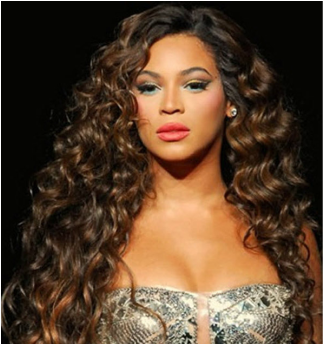 Romantic Ethereal: Aphrodite Try: Soft & flowing. Asymmetry. Fullness and height at the crown. Long, luscious and full. Side parts. Low side pull-backs. Touchable curls or waves. Soft, sexy updos with lots of free curls.
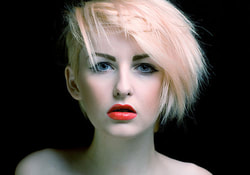 Ethereal Gamine: The Sprite. Try: Spunky, diaphanous, floaty, boyish, tousled. Short and wispy. Choppy waves. Cute or witty "period" looks. Playful, unexpected braids.
This post first appeared in January of 2016. Stripes can be Natural. They're especially likely to be Natural if they are irregular, or various in size, or if they read as relaxed, not aggressive. Vertical stripes, which elongate the vertical line, are usually better than horizontal stripes (which are good for Gamines.) Checks and plaids can be Natural if they read as something you would find on a fleece -- they should look farmer-ish, not preppy. (Preppy plaids are Classic.) Large, stylized, somewhat abstract nature motifs read as Natural, as long as they're not aggressive-looking (which would add Dramatic) or neatly repeating (which would add Classic). Nature prints that are more photorealistic read as Gamine or Ingenue. (The youthful essences get more literal images.) Nature prints that feature flowers will automatically bring in Romantic (if they're larger and stylized) or Ingenue (if they're smaller and more realistic.) Paisleys are often Natural, because they're stylized nature motifs that read as a little "tribal" (which is a word I don't love; what's a better word?) A paisley that's very tiny or very detailed is less likely to read as Natural. Prints with abstract geometrics that seem to be randomly distributed and are largeish in size can be Natural. Go for blunt-edged geometrics; sharp-edged geomtrics will read as Dramatic (if they're large) or Gamine (if they're small.) Prints you find in textiles of indigenous peoples are often Natural. Again, the print is more likely to read as Natural if it's large and not incredibly detailed. A Natural print will not fee aggressive or high-energy. A print or pattern, by itself, adds a lot of detail to a look. And Natural style calls for a very low level of detail. So if you're a pure Natural and you're going for a print, keep your silhouette and garments extra simple, and your other details very, very plain.
Women who are pure Natural and Natural blends, what prints and patterns have you found work for you? If you're not sure of your style type, try the Style Identity Calculator or consider a Virtual Analysis. We women are frequently told that, once we are past a certain age, there are childlike things (like miniskirts and polka dots and bows) that we just can't pull off anymore. But the truth is, some of us could never pull off these items. And some of us continue to look fabulous in them well into old age. That's because childlike elements suit women with a lot of Gamine essence (youthful, masculine beauty) or a lot of Ingenue essence (youthful, feminine beauty). And there are plenty of older women who are strongly Ingenue, or Gamine, or both. Betty White and Jane Goodall are two examples I use a lot, but also see Audrey Hepburn in her old age, Whoopi Goldberg, Debbie Allen, and Roseanne Barr. Some people never stop looking adorable. One of my favorite things is seeing older women killing it in Gamine and Ingenue styles. It comes across as incredibly confident because it's obvious that these women really see themselves. They look in the mirror and know what they look like, and embrace it by coordinating their style choices with their natural geometry. Don't let the fashion industry tell you what to think on this issue. Be guided by what you actually look like. If you're strongly Ethereal, Natural, Dramatic, Romantic, and/or Classic, you'll probably want to avoid traditionally childlike fashions -- even if you're still a teen. (I'm an Ethereal Natural, and even as a child I wasn't flattered by polka dots or bows or cutesy patterns.) But if you're strongly Gamine, you can feel confident in booties, funky eyeglass frames, tights, miniskirts, bright colors, playful jewelry, and everything else whimsical and funky. And if you're strongly Ingenue, don't hesitate to sport ringlets, tiny floral prints, peplums, ruffles, Mary Janes, babydoll silhouettes, and everything else girlish and sweet. Not sure what your Style ID is? Figure it out yourself with the Style Identity Calculator, or invest in a Virtual Analysis. How's that for a click-baity title, ha ha? (Seriously though, I might be the only person alive who prefers long and dry over short and grabby. I am wholly a nerd.) At any rate, here's what I mean: In my Style Identity system, when I say that a physical characteristic reads as womanly, or manly, or mature, or childlike, that's generally because that (average) physical difference exists in real life. We are all unconsciously aware of the visual signifiers of masculinity and femininity, of maturity and youth. We make instantaneous judgments about other people's age and masculinity/femininity based on visual cues we're not even aware that we are processing. Here are some examples of what I mean.
* * * * * You may notice that I didn't mention Ethereal, Dramatic, or Classic in this article. Classics are easy: Imagine that you averaged all male features and all female features. Beauty in a female Classic represents a face that's slightly to the feminine side of that perfect average, and beauty in a male Classic represents a point that's slight to the male side. In Classic men and women both, nothing's noticeably big, or small, or sharp, or round, or high, or low, or full, or thin, or wide, or narrow. See more about that beauty here. As for Ethereals and Dramatics, their beauty derives from archetypes that aren't based in human physical reality. That's a long post, though, so I'll save it for next week. :-) The Style Identity Calculator asks you to compare your face to many, many pictures of clothes, and to notice whether or not those clothes flatter your face. Here are some tips to help you make that determination.
- Use a Happy, Forward-Facing Head Shot When I analyze other people, I find that the type of picture used affects the results quite a bit. Over time, I've found I get the most accurate results with a happy face. I think this is because our best clothes complement our authentic selves, and our authentic selves are happy selves. "Happy face" doesn't have to mean an ear-to-ear grin, although it may; I suggest using the smile that you feel most flatters you. It's important to use a photo of yourself looking directly into the camera. Most of us don't find this our favorite type of picture; we prefer ourselves at an angle. (I think that's because it narrows our jawline.) But a photo of a face at an angle distorts the dimensions of the face. A head-on photo reveals what you actually look like, and will give the most accurate results. And do use a photo, not a mirror. Selfies are more trustworthy than a mirror; for some reason, it's much easier to objectively evaluate a frozen image of ourselves. - Try to See Yourself Objectively I hate to be yet another voice telling women not to trust their instincts! We get so much of that, don't we? Yet, for the sake of truthfulness, I have to say that many of us don't have an unerring instinct for what looks good on us. I suspect that most of us are drawn to color and style analysis because we realize we often aren't objective about ourselves. Really seeing oneself is a challenge, absolutely. When you're able to do it, you're in a state of mind where you're viewing yourself rather dispassionately, as a visual image you're responding to on an aesthetic level, but not on a personal level, or with value judgments. - Your Body Can Tell You When You're Seeing Beauty The aesthetic reaction you're listening for inside yourself is a sense of liking or not-liking, attraction or lack of attraction. I personally sense this feeling in my chest: something in there warms and lifts when I'm seeing visual harmony. To feel this reaction, you might try this: put your picture next to one garment that you're absolutely certain complements you. In another screen, put your picture next to a garment that you're certain is awful for you. Then flip back and forth. As you flip back and forth, pay attention to what changes inside you. You should notice a switch that goes on and off, or a feeling that flows and ebbs. *That's* the feeling you should have when you're seeing yourself next to your best clothes. I also make a habit, if I'm feeling stuck, of going away from a picture for a day or so, then coming back to it. Seeing a picture with fresh eyes can help me notice my aesthetic reaction. :-) Ingenue beauty is a beauty that's feminine, but not sexy. It's childlike and innocent and sweet. Because "ingenue" isn't a word that's widely used in common parlance, I've searched for other words that seemed to have meanings closest to "ingenue" as I define it in my style system. One word that worked well is "vernal" -- i.e., "springlike." There's a lot of overlap between the Ingenue style identity and spring, both as a season of the year and as a color palette. Light Spring in particular (a.k.a. Early Spring, significantly) is known for colors that also are iconic to Ingenue: very lights yellows, pinks, oranges, purples, and blues. Candy colors, you could call them. Ingenue is sweetness personified. Ingenue style details, in fact, overlap a great deal with a confectioner' or baker's aesthetic: one sees a profusion of detail, small circles, curlicues, flowers, hearts, and scallops. These style elements signal "sweetness" to us. Ingenue lines are fine and thin, never thick or coarse. Ingenue fabrics are light, not heavy. Ingenue beauty is (feminine) childlike beauty. The small, round circles one sees in Ingenue style reflect a child's round eyes. An Ingenue finish in makeup is often a dewy finish -- that echoes the dewy eyes of a child, and also dew on flower petals in the morning. (Morning is to a day as spring is to a year and childhood is to a life, of course.) Ingenue style has a quality of innocence or naivete. Can we reclaim that so that it's a positive concept and not a negative one? After all, innocence includes sincerity, which is certainly virtuous. Ingenue patterns are simple, not difficult to comprehend (as Ethereal patterns might be.) Ingenue motifs are earnest, not witty or sarcastic (as Gamine motifs might be.) Ingenue innocence ought to be celebrated, not denigrated. "Pure" yields a lot of associated words that are useful for Ingenues. An Ingenue look is certainly clean; dirt on the knees of one's pants could look apropos on a Natural, but not an an Ingenue. (Is that why I, as a Natural blend, feel particularly pretty when I've been working in the yard? Hmm.) And discussing the word "pure" brings us to this idea of the Ingenue as "virginal." Whoa! Let's get into that. Despite the fact that "virgin" is a fraught concept, I do think it's important to emphasize that Ingenue's feminine beauty is "virginal," not sexy. I don't want to reinforce the outdated idea that women should be defined by their virginity or lack thereof. But perhaps we can agree that there's a kind of feminine beauty that includes an erotic quality, and a kind that does not...? The first one is Romantic; the second one is Ingenue. If you can see that a style element is traditionally feminine, but you're not sure whether it's Ingenue or Romantic, this difference ^ can help you decide. "Soft Natural" seems to be almost a catch-all category for women with some Natural and some feminine influence. That's because it's a style type that collapses features of several types into just one. This creates confusion for a lot of women.
"Soft Natural" is essentially Natural with Romantic. Romantic is sexy, womanly femininity. Now, that kind of feminine beauty isn't the only kind. But some systems believe it is. In a system that only has one feminine essence, all manifestations of feminine beauty end up getting assigned to Romantic. So women whose feminine beauty is of the Ingenue or Ethereal variety end up getting categorized as Soft Natural, and the recs don't all work. For example, Soft Naturals supposedly get light, floaty fabrics. Those don't work well on women with a lot of Romantic, but they're great on women with a lot of Ethereal. If you're an unsatisfied Soft Natural who looks great in light-as-air fabrics and the most mystical aspect of Soft Natural, you might be Ethereal Natural instead. Soft Naturals also supposedly get puff sleeves. Puff sleeves are girly, even princessy -- in other words, they're Ingenue. If you're an unsatisfied Soft Natural who's great in puff sleeves and other girly aspects of Soft Natural, you might actually be a Natural Ingenue. Still lost? Consider a virtual analysis. Gamine and Ingenue are the two style essences that embody youthful beauty. If you are often taken for much younger than you are, you likely have a strong dose of one of these essences. But which one?
Clockwise from top left: Winona Ryder, Natalie Portman, Milla Jovovich, and (of course!) Maisie Williams all sell it as boys. Google these women, and you'll see they're flattered by Gamine styles. Keira Knightley and Angelina Jolie, by contrast, couldn't really pass as boys: (Although in each of their cases, I think it's both the lack of Gamine and the presence of Romantic that makes them fail this test. I don't think either one has much, if any, Ingenue either. That's mature beauty, there.)
I hope this helps those of you with youthful beauty sort yourselves out! :-) Have you tried the Style Identity Calculator?
It can be hard to know which Style Identity category a given outfit falls into. Here are some unexpected questions you can ask yourself to help you narrow it down.
"Could I do a walking tour in this?" The essence of Natural style is relaxation, freedom, and uninhibited movement. If an outfit is something you could wear for a walking tour of a hilly European city, it probably has a lot of Natural. Clothes you could comfortably take a nap in are also usually Natural.
"Do I have an irresistible urge to touch this?"
Romantic fabrics often beg to be touched. This absolutely relates to the fact that Romantic style is the embodiment of feminine sexuality. If you can't wait to run your fingers across a fabric, chances are it's part of a Romantic ensemble.
"Does this scare me a little?"
Dramatic ensembles are avant-garde, outside the norm -- and we humans are naturally intimidated by stuff that's outside the norm. If an outfit makes you feel like taking a step backward, it likely has a strong Dramatic influence.
"Can I imagine this on a girl in a Norman Rockwell painting?"
Ingenue style is an archetype of traditional girlishness. Almost anything that's Ingenue looks as if it emerged from a Norman Rockwell painting -- or from the closet of Sandy in "Grease." (Before her makeover at the end, LOL!)
"Could a little boy wear this?"
Gamine style is boyish. If an ensemble looks like something a little boy could conceivably wear to school without raising eyebrows, it probably has a lot of Gamine.
"In a movie, would someone ascend into heaven wearing this outfit?"
That may sound ridiculous, but Ethereal styles make the wearer look as if she can take flight.
"Would I wear this to my first day at my Wall Street job? (Or to the boss's barbecue the following weekend?)"
Whether formal or casual, Classic ensembles always look conservative and rich. In a Classic outfit, you'd never be embarrassed to run into the C.E.O. of your company. There's never anything attention-seeking, objectionable, or out of place in a Classic look. You're above reproach.
Not sure of your style identity? Try the Style Identity Calculator, or get a Virtual Analysis.
Over the years, so many of you have asked for shopping guides for each of the 63 Style Identities. I have been working on them for a long time. Finally, I am ready to offer them to you. Each of these multi-page guide tells you which specific items you should look for when you shop. It includes sections for wardrobe essentials such as tops, pants, skirts, dresses, sweaters, and shoes. It also includes sections for special items such as hats, bags, jewelry, and swimwear. In addition, I describe what you should look for in fit, fabrics, waist treatment, prints, shapes, and use of color. It's comprehensive! I will be sending these out beginning November 1st. I'm offering them for $24.99. But if you pre-order today, you'll get yours for $19.99. I'm so excited to finally offer a tool that provides visual examples of how to wear your Style Identity! The Style Identity Calculator helped you figure out your Style Identity. But it can be difficult to know how to translate that Style ID into an ensemble each morning. The new Visual Style Guides help solve that problem. Each guide shows three different women dressed as your Style Identity. Annotations explain each element of the ensemble. The guide is a one-page PDF, so you can print it and hang it in your dressing area, and also pull it up on your phone when you're shopping.
You deserve this! (A thoughtful and affordable holiday gift idea: Analyze your loved ones with the Style Identity Calculator, and then surprise them with a Visual Style Guide.) Ingenue beauty is often what you're seeing if someone is clearly "pretty," but you'd feel uncomfortable styling her in overtly sexy clothes because she just looks too darn sweet. The curving line is the defining line of all the feminine types, but Ingenue's circles are small and restrained, rather than large and lush. Ingenues look appropriate, not ridiculous, in girlish details such as small bows, tiny flowers, headbands, simple lockets, and puffed sleeves. The Ingenue face is quite round, with a tiny, tapered chin, a small, pert nose, round, wide-set eyes, a large forehead, round cheeks, and plump lips. Ingenues often have naturally curly hair; if they don't they are still flattered by curls. Overall, an Ingenue reads as girlish. By contrast, they look silly -- like a kid playing dress-up -- in anything "sexy" or womanly, such as elaborate jewelry or a plunging neckline.. And of course, Ingenues are no less sexual than any other people. It's just that visually, they read as girlish rather than womanly. Eyes that appear very light relative to the overall coloring read as youthful, and therefore Ingenue (or Gamine). Note that this signifier should be interpreted relative to the overall coloring. On a pink-skinned, yellow-haired person, deep blue eyes probably won't read as Ingenue. On a brown-skinned person with black hair, caramel or light brown eyes will read as youthful. Ingenues appear authentic and relaxed with sincere, joyful smiles. Ingenues often hear "pretty," "cute," "sweet," and "adorable." They're not perceived by strangers as intimidating, mysterious, tough, or intense. This can be frustrating to an Ingenue with a more assertive, competitive, or no-nonsense personality. If that's you, my advice is to take advantage of the element of surprise that your innocent appearance grants you. They won't see you coming. :-) Before discussing Romantic, Ingenue, and Ethereal types in detail, I want to generally discuss what feminine means in the Style Identity system. Let me start by being clear that feminine beauty is not the only type of beauty. Dramatics, Naturals, and Gamines all embody beauty that isn't traditionally feminine, but is powerful nonetheless. And Classics are beautiful with a femininity that is subtle and restrained. Before continuing, I should also let you know that right after this paragraph is a picture of a sculpture of a naked woman. Art, as far as I'm concerned, but probably NSFW for some people. Pause, pause, pause... OK, let's dive in. :-) Feminine Visual Beauty When we look at another human, we perceive their physical characteristics and make a judgment about their gender almost instantaneously. This is usually an unconscious process. When it's not unconscious and not immediate, it surprises us -- hence our fascination with androgynous people. Humans are not as sexually dimorphic as many primates. Average visual differences between women and men are objectively small. A visitor from another planet might not notice the differences. But we humans are exquisitely sensitive to them. Which makes sense from an evolutionary perspective: if an animal can't easily tell who's a potential mate, that animal might not pass on her genes. Here are many of the ways in which men and women, on average, visually differ. Descriptors of the masculine and feminine style identities derive from these differences. For example, because narrow-seeming eyes are more characteristic of men than of women, they characterize the masculine (or "yang") style identities. Because narrow chins are more characteristic of women than of men, they characterize the feminine (or "yin") style identities. And so on. The curving line. Perhaps the defining element of visual femininity -- what immediately and strongly reads as feminine -- is the curving line. Curved lines read as feminine because, from head to toe, the average human female has more obvious curving lines than the average human male -- in the curved hip, in the breast, in the apparently rounder eye, in the apparently rounder face, in the fuller lip, and so on. All of the feminine style identities are defined by curving lines. But the type of curving line depends on the style identity. More on that soon. Categorizing the visual feminine: Romantic is not the only type of feminine beauty.The Romantic type, which is present in all style systems that I know of, is defined by lush, round curves and mature, womanly femininity. In many systems, Romantic --also called Alluring, Sensuous, Soft, or Sexy -- is the only type of feminine beauty. Systems who conceptualize Romantic as the only type of feminine beauty are flawed, though, because people can read as beautiful and distinctly feminine without reading as va-va-voom. Romantic does seem to be the variety of feminine beauty that men mainly notice -- which might explain why it's the only kind of visual feminine in some systems created by men. But I agree with John Kitchener and others who believe that visual femininity can be fairly divided into three subcategories. Romantic, Ingenue, and Ethereal.All people who are discernibly female have some amount of Romantic, Ethereal, or Ingenue. These are the the three feminine style identities. A woman without any amount of any of these would appear as a man, or completely androgynous. If someone visually reads as distinctly feminine, you're seeing a rather large portion of Ingenue, Romantic, or Ethereal. But which is it?
My next posts will be more detailed individual explorations of Romantics, Ingenues, and Ethereals, in that order. I know many of you are like The good news is, they're already partially drafted. :-)) P.S. A fun way to gauge your relative amounts of masculine beauty (Dramatic, Natural, and Gamine) and feminine beauty (Romantic, Ingenue, Ethereal) is to determine whether you'd be convincing in drag. If you're a woman, could you pass as a man? If you're a man, could you pass as a woman? Here, Glenn Close is pulling it off pretty well. There's no question she has a lot of Natural or Dramatic. Hillary Swank -- Another beautiful woman with a lot of Natural or Dramatic. Not even a Photoshopped beard can make Salma Hayek look masculine, though. She has too much Romantic. Here's a man, Cillian Murphy, who makes a gorgeous woman. He's got a ton of Romantic or Ethereal. Lee Pace has a lot of Ingenue, I'm thinking? Very believable. Liev Schreiber, not so much. I'm thinking he's mostly Natural with some Classic and Gamine. Update: I've given copies of the tool to about a hundred people. I'm not giving away any more at this point; I need to take a day or two to read all of the excellent feedback I've received and use it to improve the tool. I know a lot of people still want it! The good news is, I currently intend to offer it at a price point that most of you will find very reasonable. Stay tuned! I have been attempting to flesh out definable archetypes for three-way style identities.
Initially, I thought it would be impossible. But I'm actually finding it very doable. For example, I'm thinking of Romantic-Ethereal-Classic as "Elegant Aphrodite." Other examples of three-way combo archetypes in progress: Romantic-Natural-Classic = "Alluring L.L. Bean." Dramatic-Gamine-Ingenue = "Girlish Punk Rocker." Classic-Gamine-Ingenue = "Darling Prep Schooler, a.k.a. Cher from 'Clueless.' " My Pinterest boards for each three-way combo are still secret, but I aim to make them public soon. When I do, I'll add info about the trifold combos to this site. In total, we'll have 63 style identity options: 7 pure essences + 21 doubles + 35 triples. Do you have ideas about particular three-essence archetypes? Share them in the comments! Edited to add: I've made all of the above-mentioned Pinterest boards public. You can see them here: https://www.pinterest.com/coloranalysis/ This is an excellent tool if you already know what looks good on you, but you don't know how that translates into a coherent Style ID.
It's also great for analyzing friends, family, and celebs. To use it, you'll need internet access and a PC with Microsoft Excel. The Style ID Calculator was fantastic! Turns out I'm a Natural-Ingénue-Classic. - R.G. |
About Me...I'm passionate about helping people become their most authentic and beautiful selves. Categories
All
|
- home
- Blog
-
-
- Book your virtual style analysis
- ♂ DRAMATIC style type
- ♂ NATURAL style type
- ♂ GAMINE style type
- ⚥ CLASSIC style type
- ♀ INGENUE style type
- ♀ ROMANTIC style type
- ♀ ETHEREAL style type
-
- ⚥ ♂ Classic Gamine -- The Prep Schooler
- ⚥ ♀ Classic Ingenue -- The Class President
- ⚥ ♂ Dramatic Classic -- The Art Critic
- ♂ ♂ Dramatic Gamine -- The Punk Rocker
- ♀ ♂ Dramatic Ingenue -- The Childlike Czarina
- ♂ ♂ Dramatic Natural -- The Amazon Queen
- ⚥ ♀ Ethereal Classic -- The Delicate Sophisticate
- ♀ ♂ Ethereal Dramatic -- The Sorceress
- ♀ ♂ Ethereal Gamine -- The Sprite
- ♀ ♀ Ethereal Ingenue -- The Fairy
- ♀ ♂ Ethereal Natural -- The Earth Goddess
- ♀ ♂ Gamine Ingenue -- The Girlish Mod
- ⚥ ♂ Natural Classic -- The Prep
- ♂ ♂ Natural Gamine -- The Tomboy
- ♀ ♂ Natural Ingenue -- The Outdoorsy Sweetheart
- ⚥ ♀ Romantic Classic -- The Sexy Sophisticate
- ♀ ♂ Romantic Dramatic -- The Vamp
- ♀ ♀ Romantic Ethereal -- Aphrodite
- ♀ ♂ Romantic Gamine -- The Firecracker
- ♀ ♀ Romantic Ingenue -- The Demure Seductress
- ♀ ♂ Romantic Natural -- The Babe Next Door
-
- ⚥ ♀ ♂ Classic-Gamine-Ingenue
- ⚥ ♂ ♂ Dramatic-Classic-Gamine
- ⚥ ♀ ♂ Dramatic-Classic-Ingenue
- ♂ ♂ ♀ Dramatic-Gamine-Ingenue
- ⚥ ♂ ♂ Dramatic-Natural-Classic
- ♂ ♂ ♂ Dramatic-Natural-Gamine
- ♂ ♂ ♀ Dramatic-Natural-Ingenue
- ⚥ ♀ ♂ Ethereal-Classic-Gamine
- ⚥ ♀ ♀ Ethereal-Classic-Ingenue
- ⚥ ♀ ♂ Ethereal-Dramatic-Classic
- ♂ ♂ ♀ Ethereal-Dramatic-Gamine
- ♀ ♂ ♂ Ethereal-Dramatic-Natural
- ♀ ♀ ♂ Ethereal-Dramatic-Ingenue
- ♀ ♀ ♂ Ethereal-Gamine-Ingenue
- ⚥ ♀ ♂ Ethereal-Natural-Classic
- ♂ ♂ ♀ Ethereal-Natural-Gamine
- ♀ ♀ ♂ Ethereal-Natural-Ingenue
- ⚥ ♂ ♂ Natural-Classic-Gamine
- ⚥ ♀ ♂ Natural-Classic-Ingenue
- ♂ ♂ ♀ Natural-Gamine-Ingenue
- ⚥ ♀ ♂ Romantic-Classic-Gamine
- ⚥ ♀ ♀ Romantic-Classic-Ingenue
- ⚥ ♀ ♂ Romantic-Dramatic-Classic
- ♂ ♂ ♀ Romantic-Dramatic-Gamine
- ♀ ♀ ♂ Romantic-Dramatic-Ingenue
- ♂ ♂ ♀ Romantic-Dramatic-Natural
- ⚥ ♀ ♀ Romantic-Ethereal-Classic
- ♀ ♀ ♂ Romantic-Ethereal-Dramatic
- ♀ ♀ ♂ Romantic-Ethereal-Gamine
- ♀ ♀ ♀ Romantic-Ethereal-Ingenue
- ♀ ♀ ♂ Romantic-Ethereal-Natural
- ♀ ♀ ♂ Romantic-Gamine-Ingenue
- ⚥ ♀ ♂ Romantic-Natural-Classic
- ♂ ♂ ♀ Romantic-Natural-Gamine
- ♀ ♀ ♂ Romantic-Natural-Ingenue
- Shop
- Book a Virtual Style Analysis!
- Contact me
- home
- Blog
-
-
- Book your virtual style analysis
- ♂ DRAMATIC style type
- ♂ NATURAL style type
- ♂ GAMINE style type
- ⚥ CLASSIC style type
- ♀ INGENUE style type
- ♀ ROMANTIC style type
- ♀ ETHEREAL style type
-
- ⚥ ♂ Classic Gamine -- The Prep Schooler
- ⚥ ♀ Classic Ingenue -- The Class President
- ⚥ ♂ Dramatic Classic -- The Art Critic
- ♂ ♂ Dramatic Gamine -- The Punk Rocker
- ♀ ♂ Dramatic Ingenue -- The Childlike Czarina
- ♂ ♂ Dramatic Natural -- The Amazon Queen
- ⚥ ♀ Ethereal Classic -- The Delicate Sophisticate
- ♀ ♂ Ethereal Dramatic -- The Sorceress
- ♀ ♂ Ethereal Gamine -- The Sprite
- ♀ ♀ Ethereal Ingenue -- The Fairy
- ♀ ♂ Ethereal Natural -- The Earth Goddess
- ♀ ♂ Gamine Ingenue -- The Girlish Mod
- ⚥ ♂ Natural Classic -- The Prep
- ♂ ♂ Natural Gamine -- The Tomboy
- ♀ ♂ Natural Ingenue -- The Outdoorsy Sweetheart
- ⚥ ♀ Romantic Classic -- The Sexy Sophisticate
- ♀ ♂ Romantic Dramatic -- The Vamp
- ♀ ♀ Romantic Ethereal -- Aphrodite
- ♀ ♂ Romantic Gamine -- The Firecracker
- ♀ ♀ Romantic Ingenue -- The Demure Seductress
- ♀ ♂ Romantic Natural -- The Babe Next Door
-
- ⚥ ♀ ♂ Classic-Gamine-Ingenue
- ⚥ ♂ ♂ Dramatic-Classic-Gamine
- ⚥ ♀ ♂ Dramatic-Classic-Ingenue
- ♂ ♂ ♀ Dramatic-Gamine-Ingenue
- ⚥ ♂ ♂ Dramatic-Natural-Classic
- ♂ ♂ ♂ Dramatic-Natural-Gamine
- ♂ ♂ ♀ Dramatic-Natural-Ingenue
- ⚥ ♀ ♂ Ethereal-Classic-Gamine
- ⚥ ♀ ♀ Ethereal-Classic-Ingenue
- ⚥ ♀ ♂ Ethereal-Dramatic-Classic
- ♂ ♂ ♀ Ethereal-Dramatic-Gamine
- ♀ ♂ ♂ Ethereal-Dramatic-Natural
- ♀ ♀ ♂ Ethereal-Dramatic-Ingenue
- ♀ ♀ ♂ Ethereal-Gamine-Ingenue
- ⚥ ♀ ♂ Ethereal-Natural-Classic
- ♂ ♂ ♀ Ethereal-Natural-Gamine
- ♀ ♀ ♂ Ethereal-Natural-Ingenue
- ⚥ ♂ ♂ Natural-Classic-Gamine
- ⚥ ♀ ♂ Natural-Classic-Ingenue
- ♂ ♂ ♀ Natural-Gamine-Ingenue
- ⚥ ♀ ♂ Romantic-Classic-Gamine
- ⚥ ♀ ♀ Romantic-Classic-Ingenue
- ⚥ ♀ ♂ Romantic-Dramatic-Classic
- ♂ ♂ ♀ Romantic-Dramatic-Gamine
- ♀ ♀ ♂ Romantic-Dramatic-Ingenue
- ♂ ♂ ♀ Romantic-Dramatic-Natural
- ⚥ ♀ ♀ Romantic-Ethereal-Classic
- ♀ ♀ ♂ Romantic-Ethereal-Dramatic
- ♀ ♀ ♂ Romantic-Ethereal-Gamine
- ♀ ♀ ♀ Romantic-Ethereal-Ingenue
- ♀ ♀ ♂ Romantic-Ethereal-Natural
- ♀ ♀ ♂ Romantic-Gamine-Ingenue
- ⚥ ♀ ♂ Romantic-Natural-Classic
- ♂ ♂ ♀ Romantic-Natural-Gamine
- ♀ ♀ ♂ Romantic-Natural-Ingenue
- Shop
- Book a Virtual Style Analysis!
- Contact me
Connect with me!
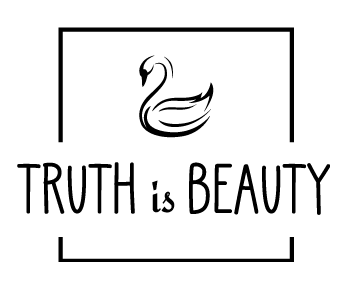
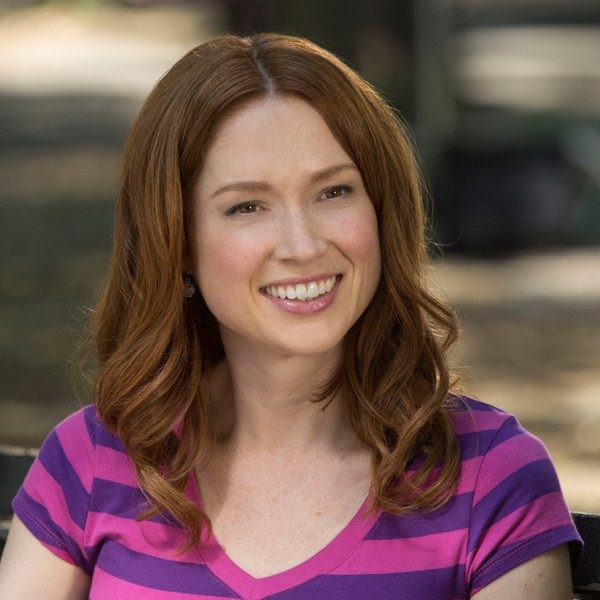
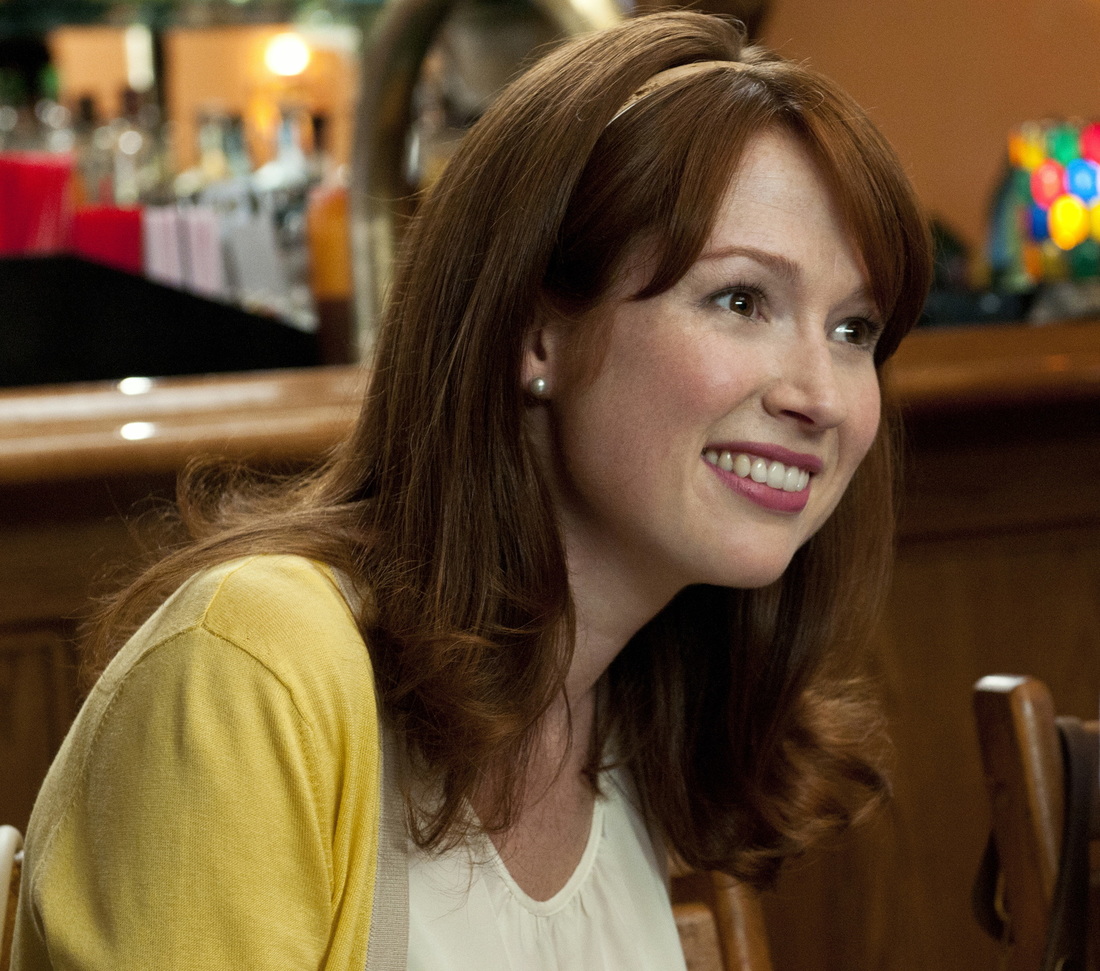
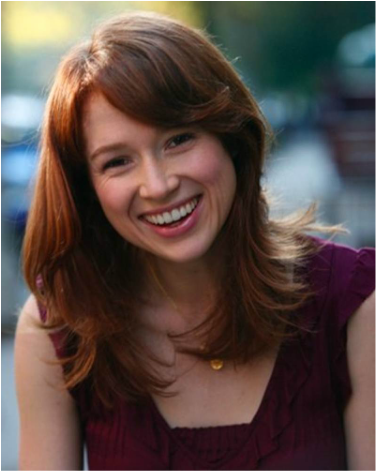
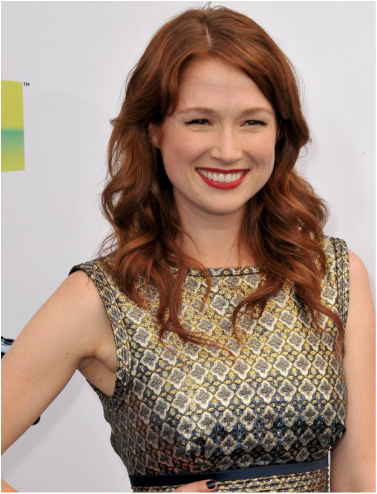
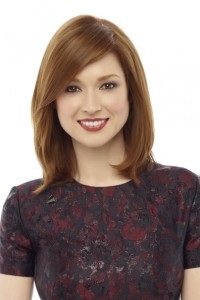
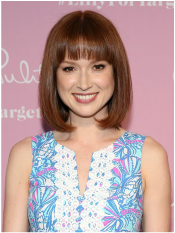
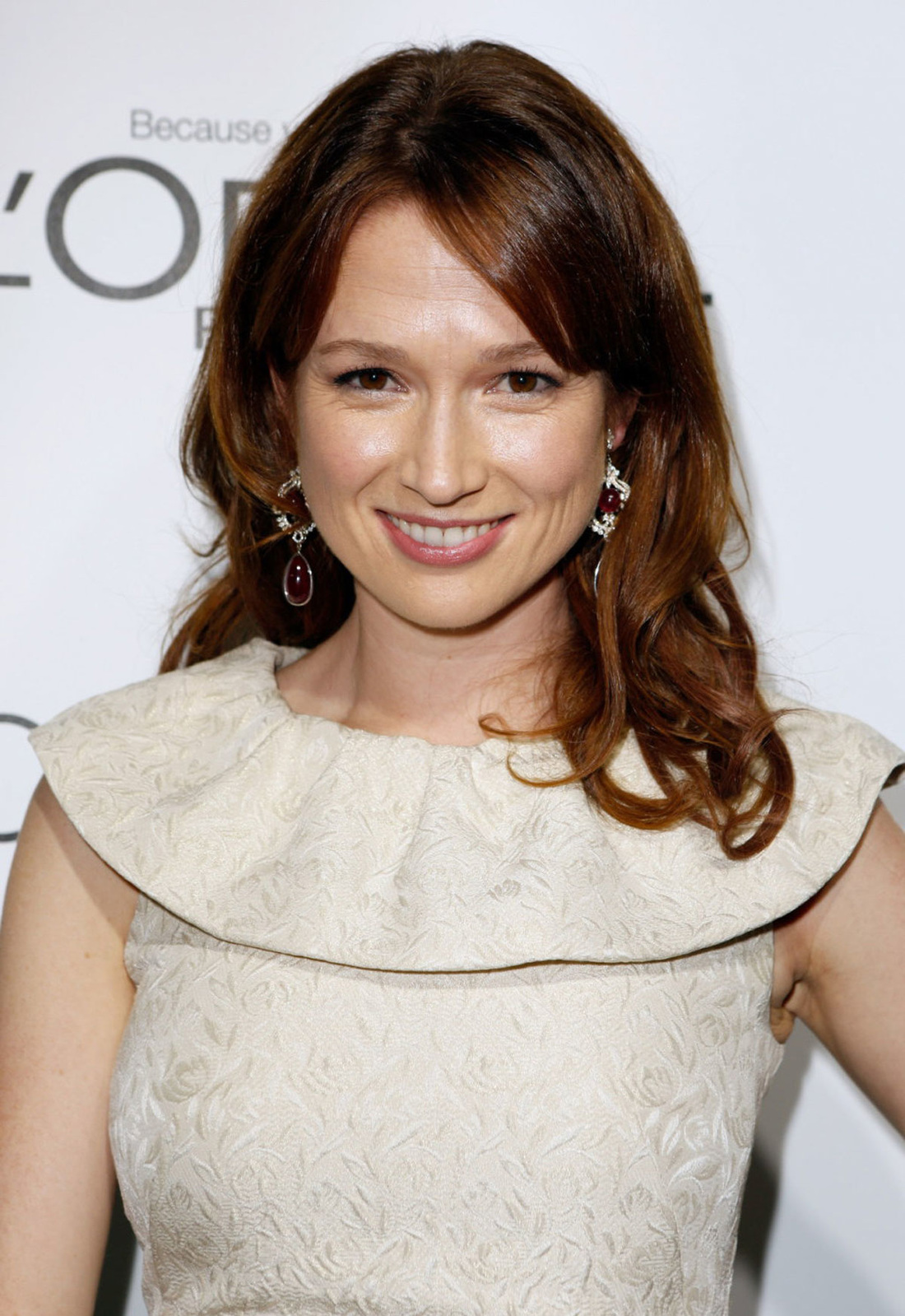
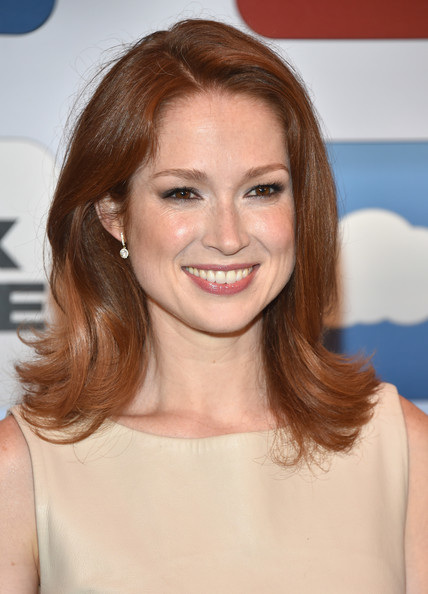
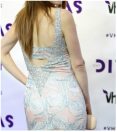
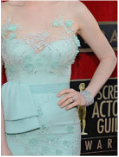
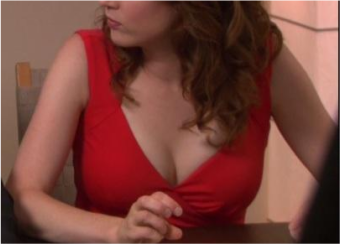
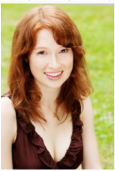
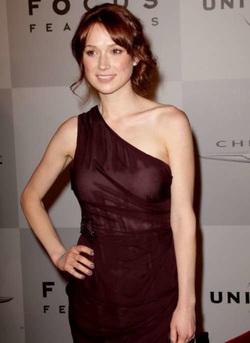
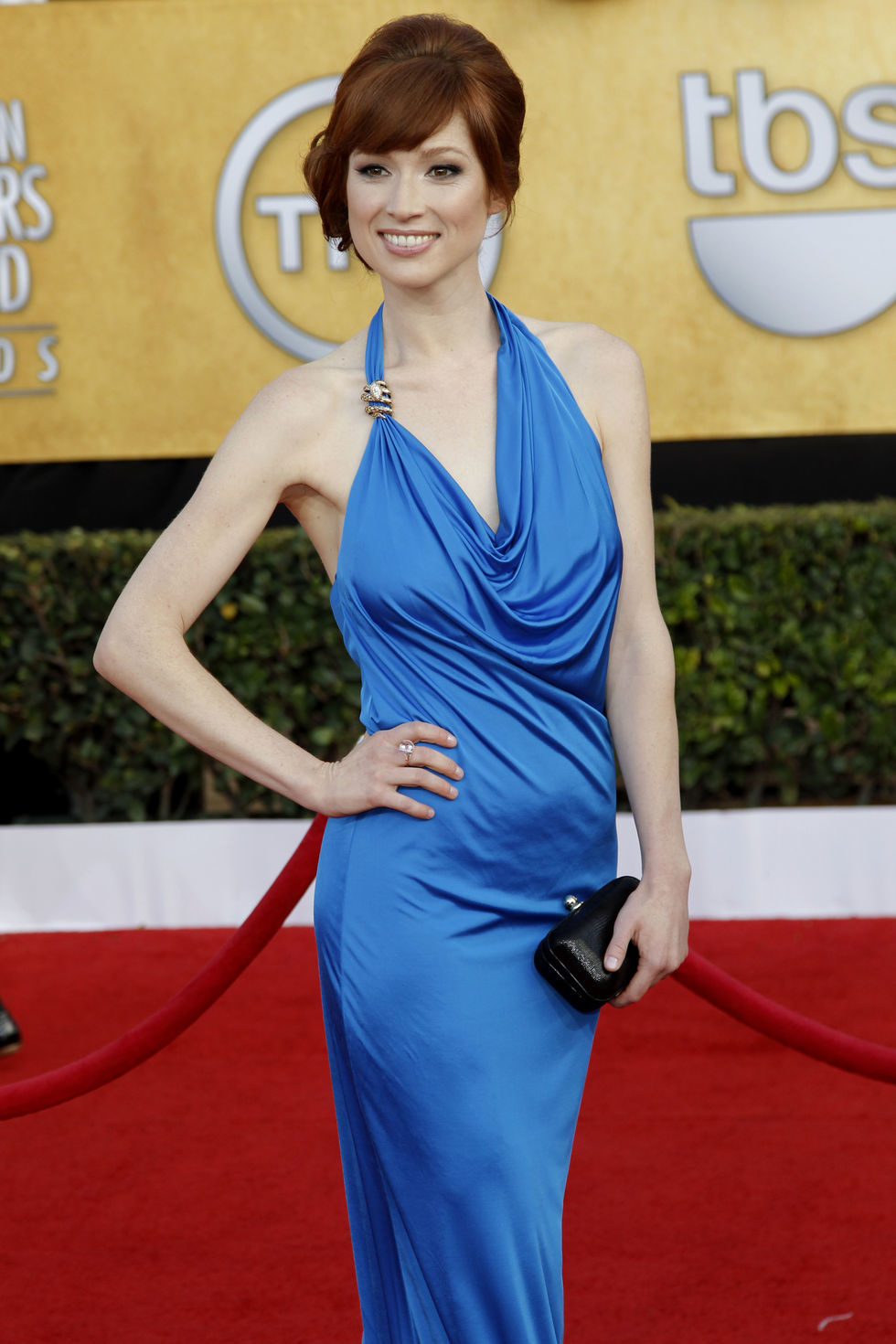
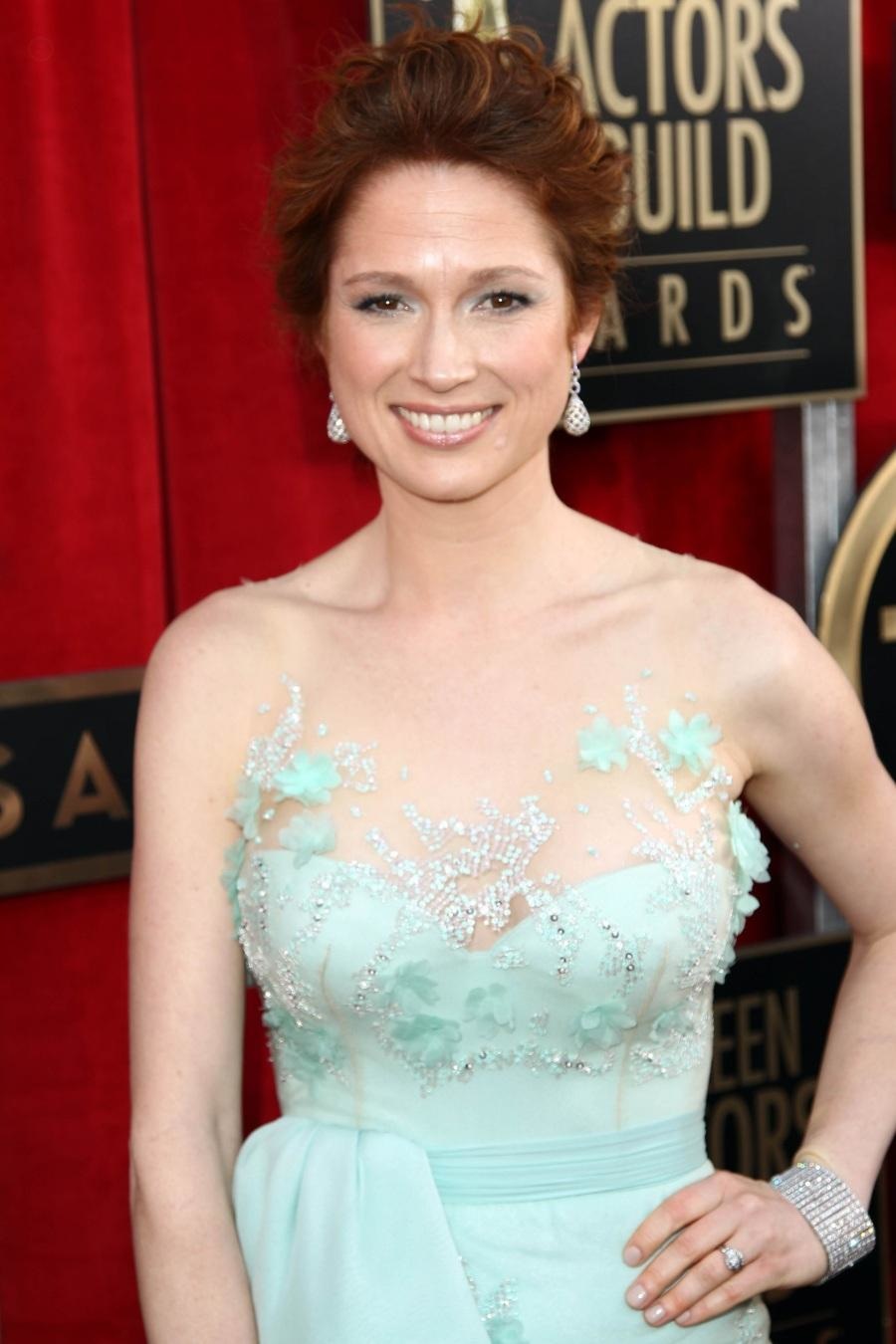
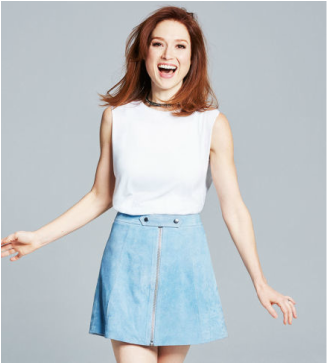
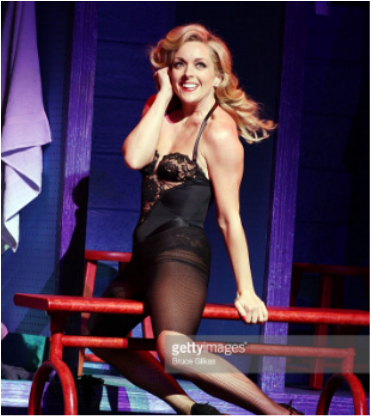
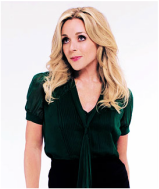
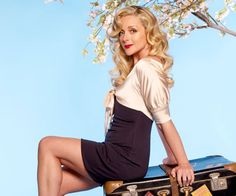
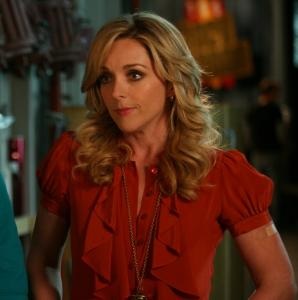
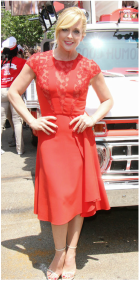
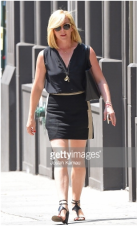

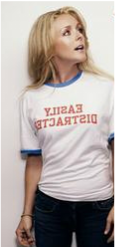
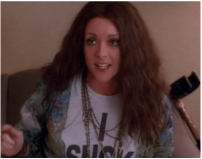
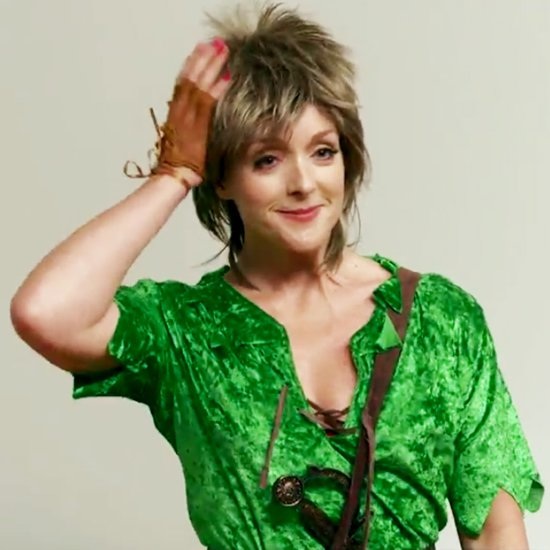

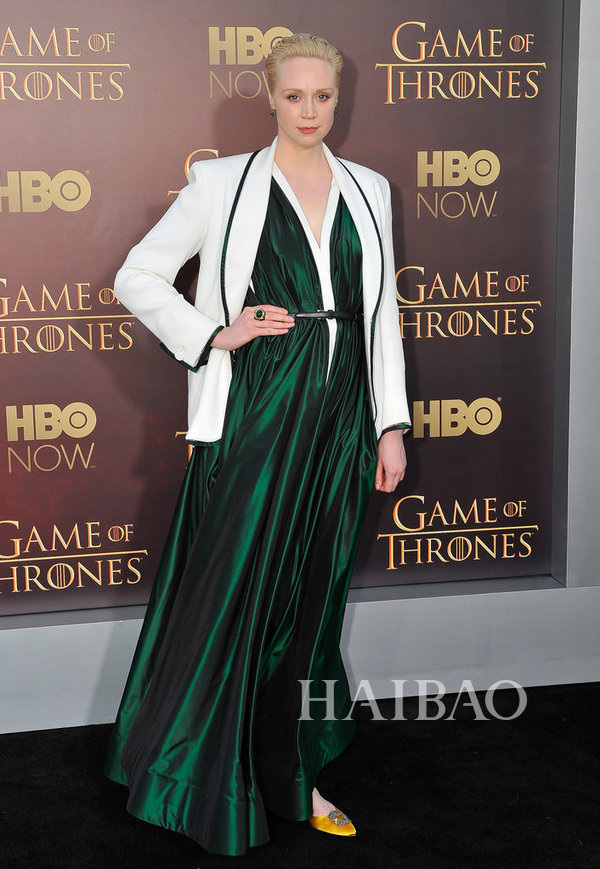
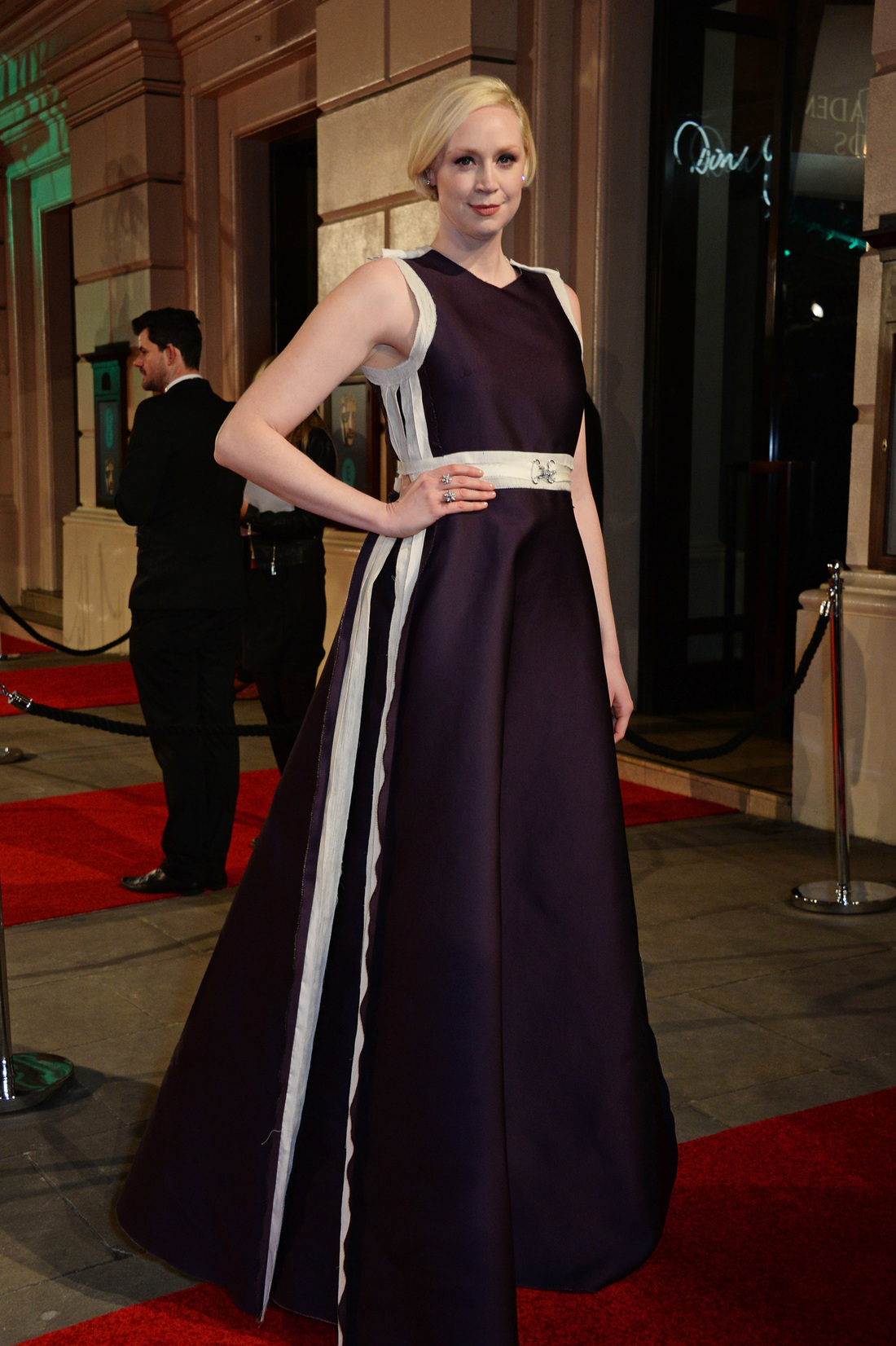
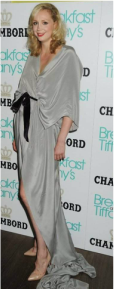
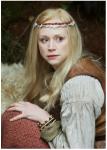
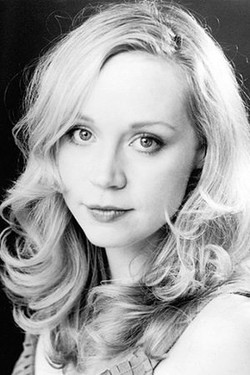
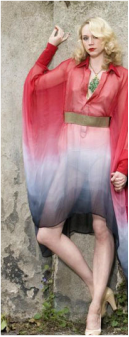
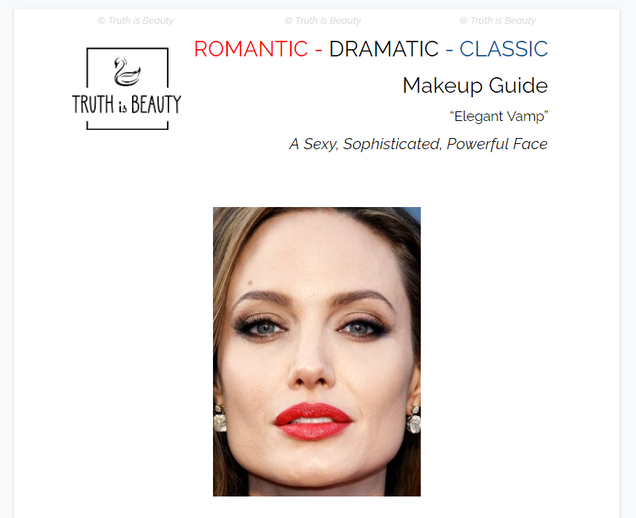
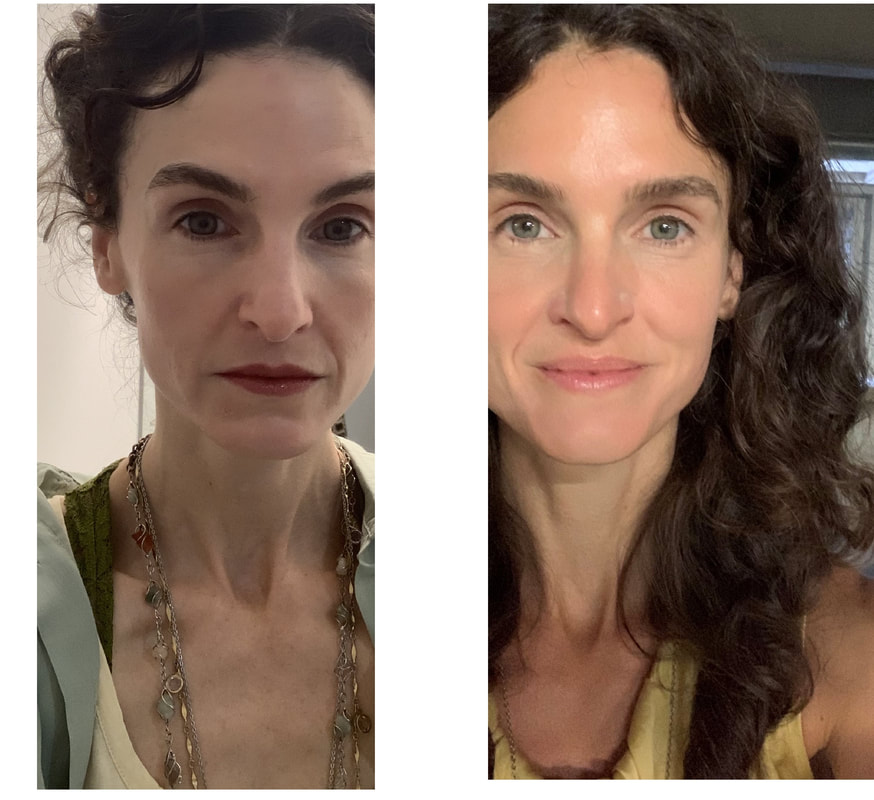
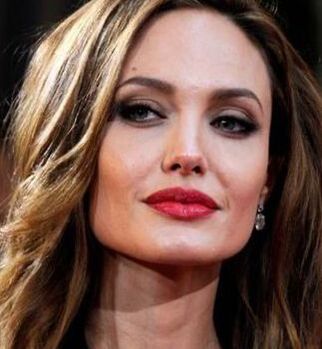
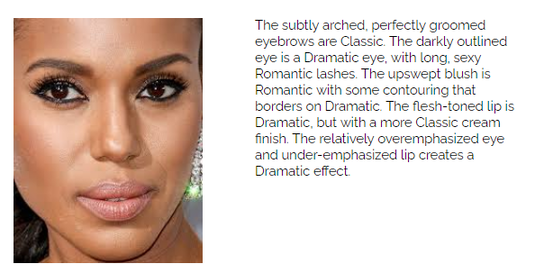
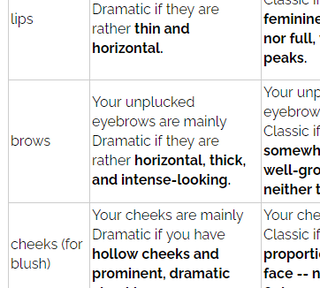
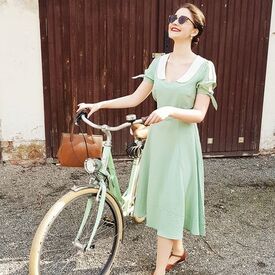
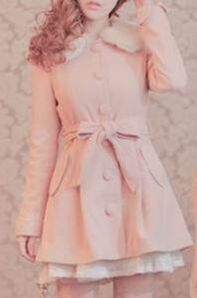
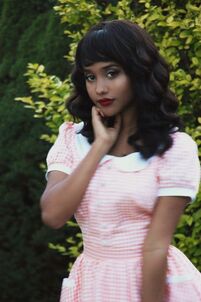
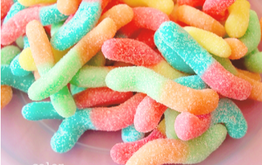
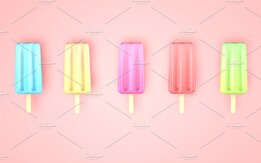
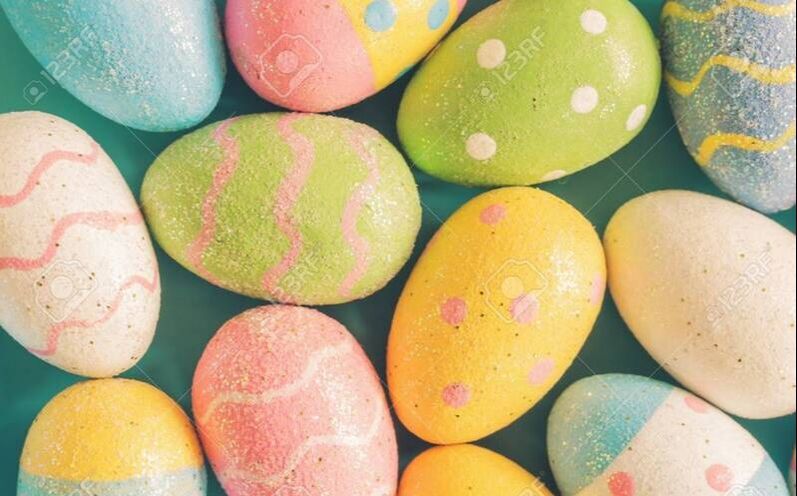
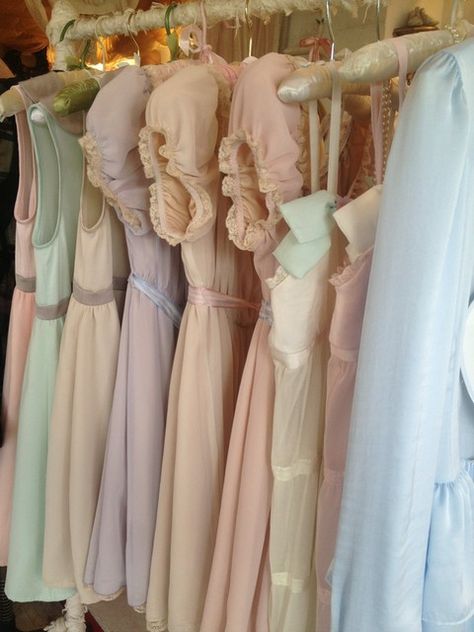
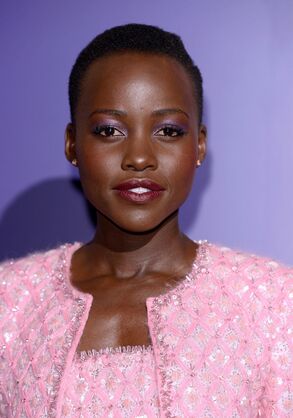
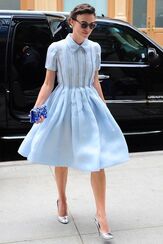
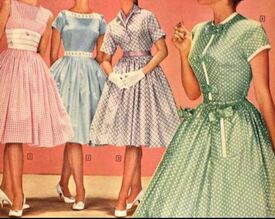
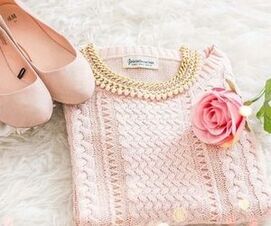
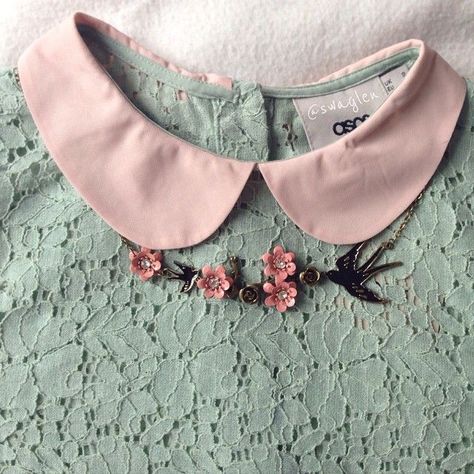
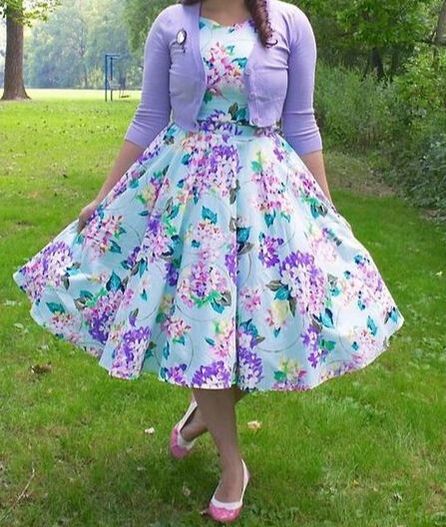

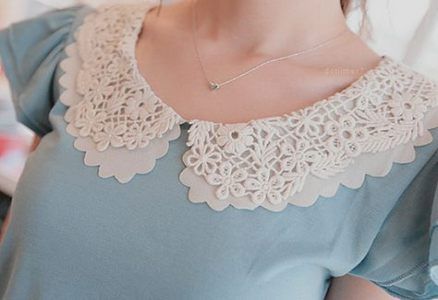
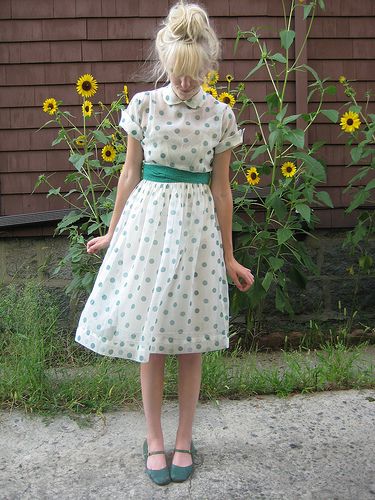
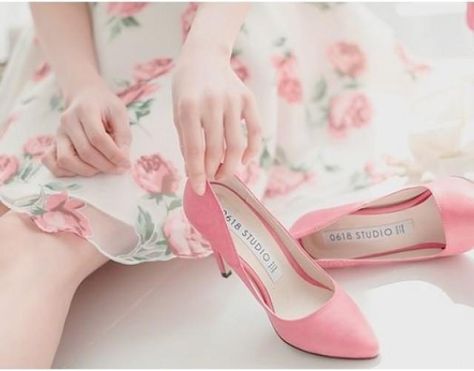
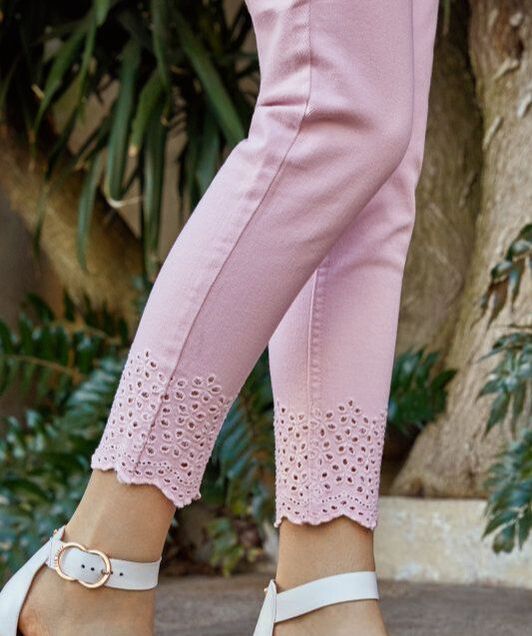
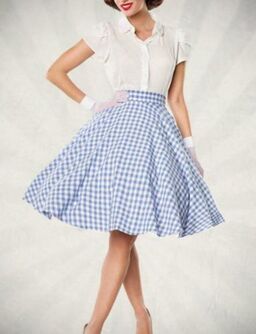

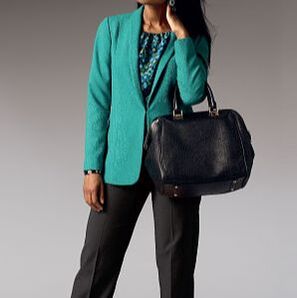
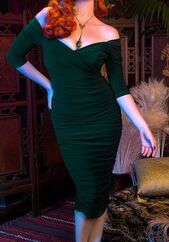
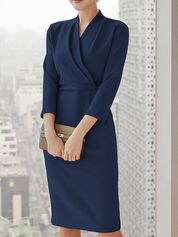
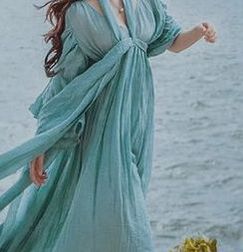
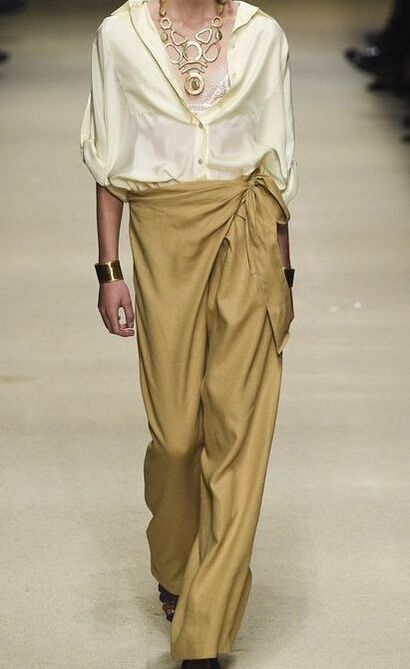
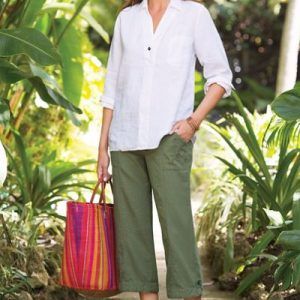
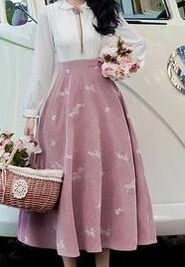
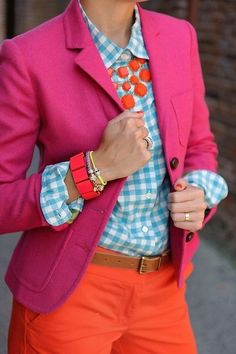
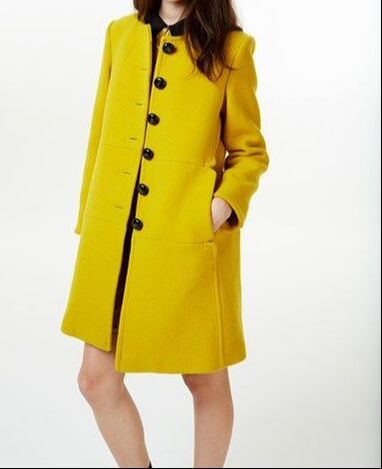
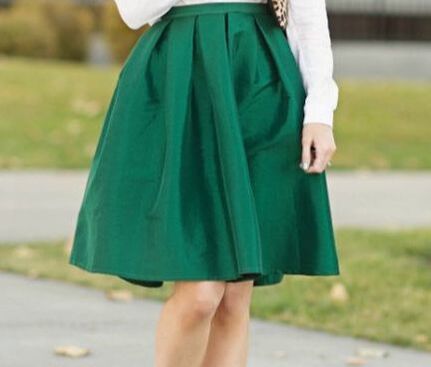
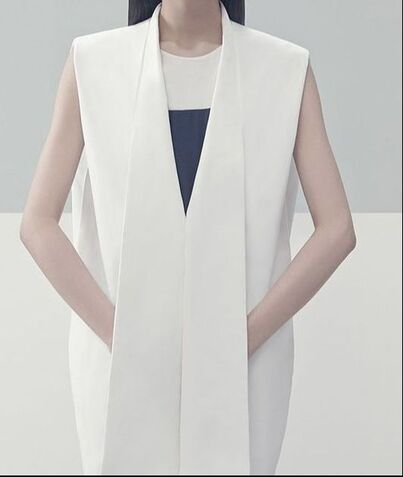
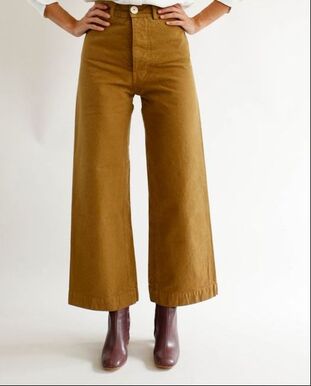
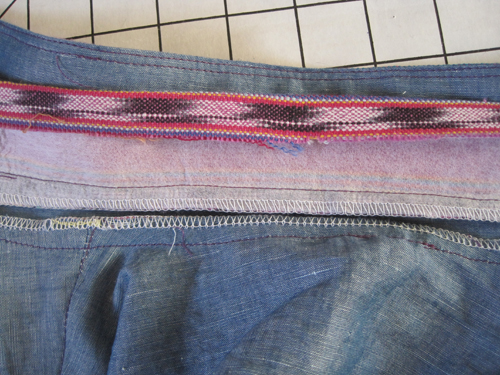
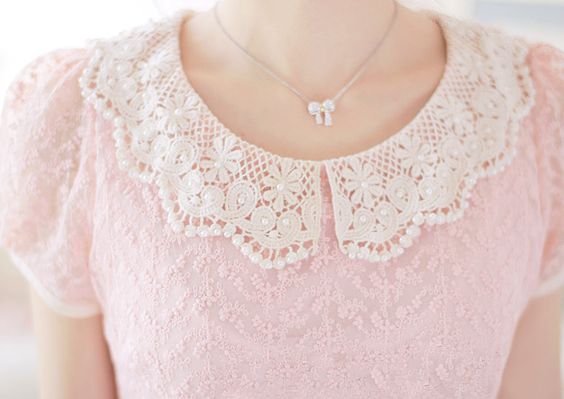
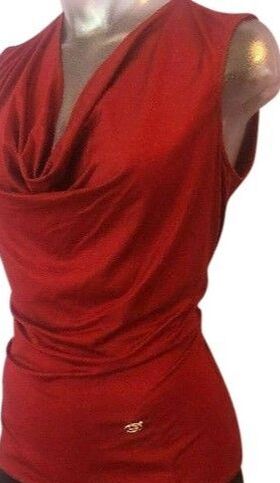
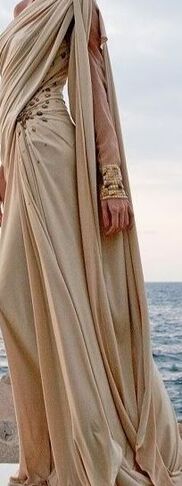
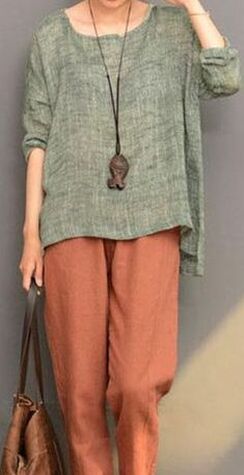
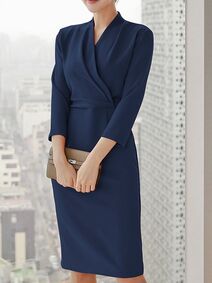
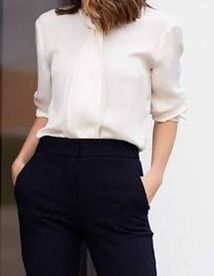
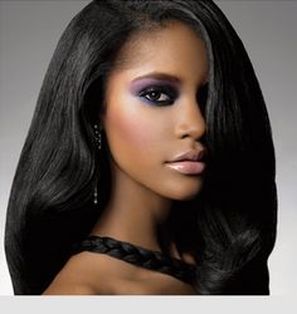
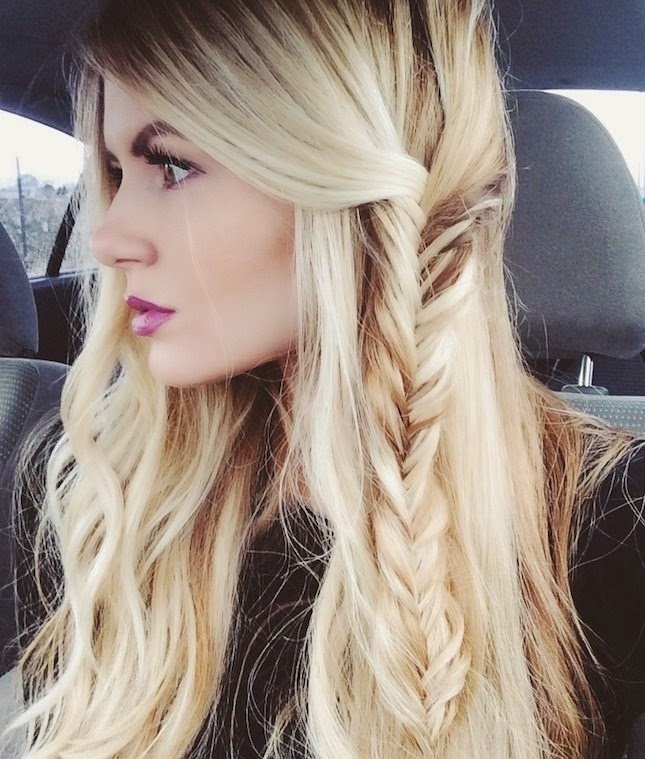
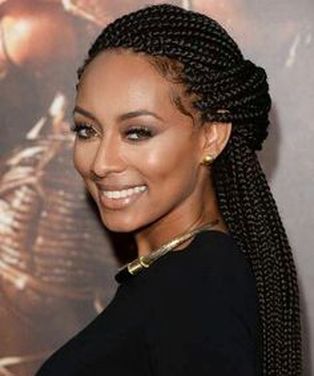
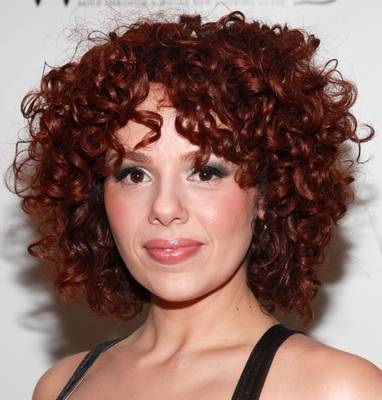
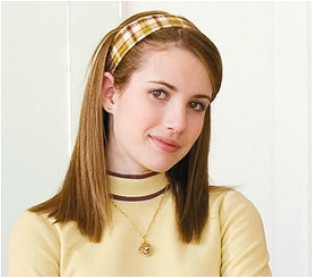
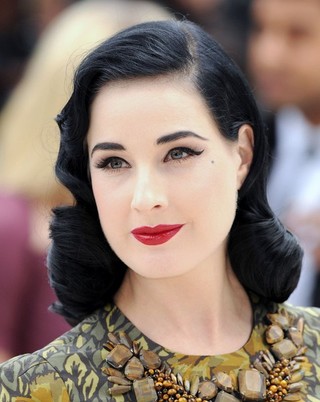
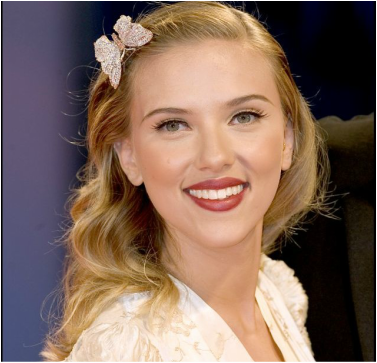
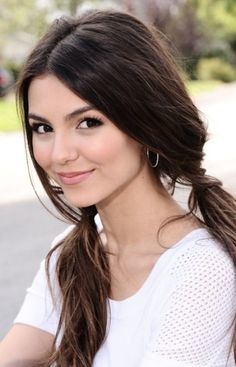
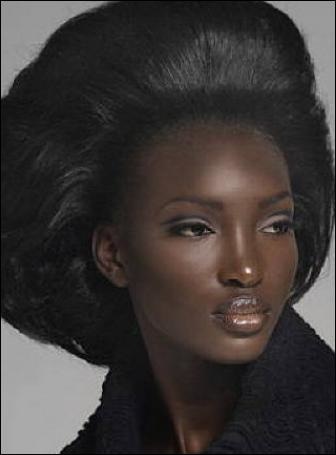
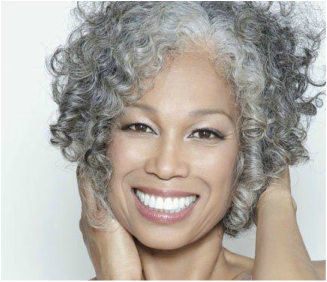
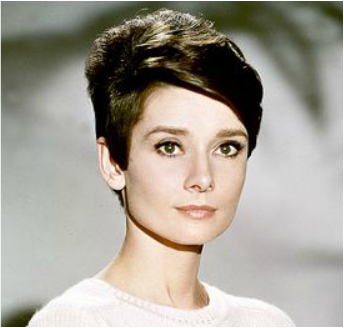
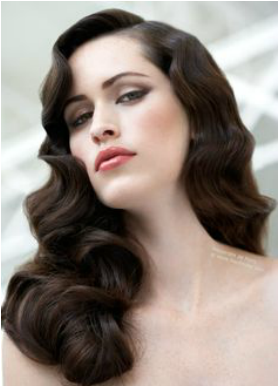
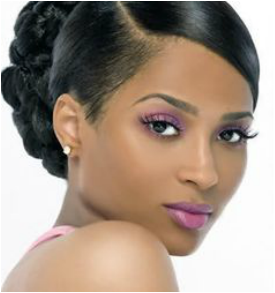
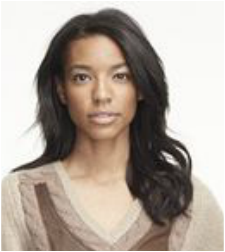
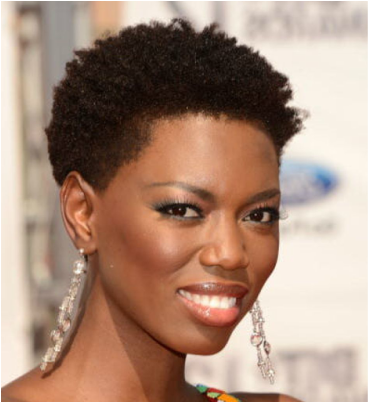
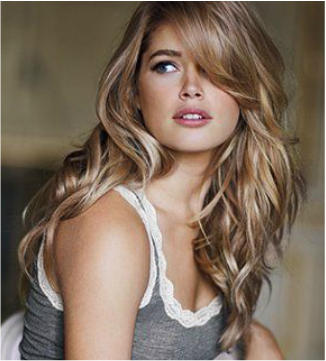
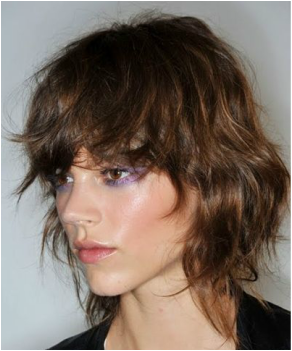
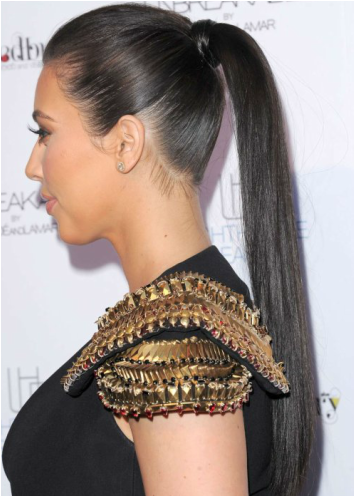
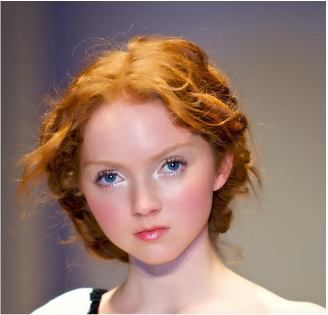
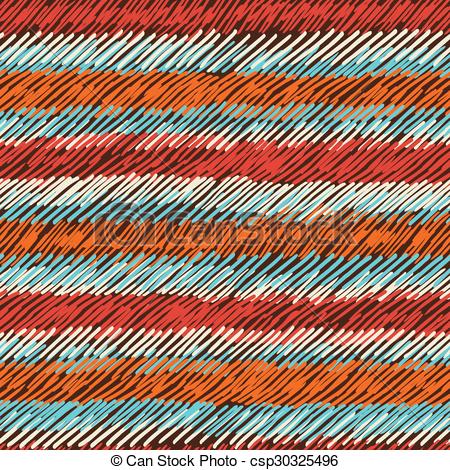
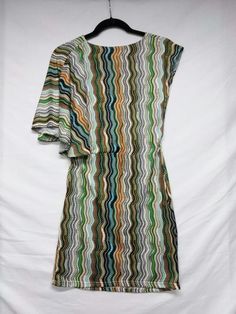
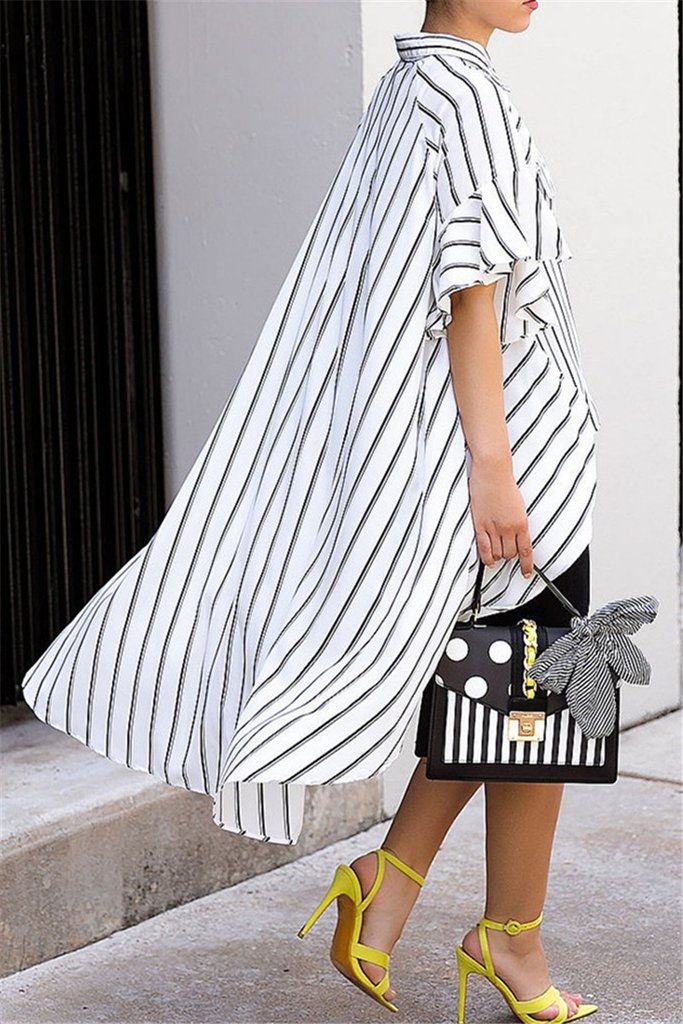
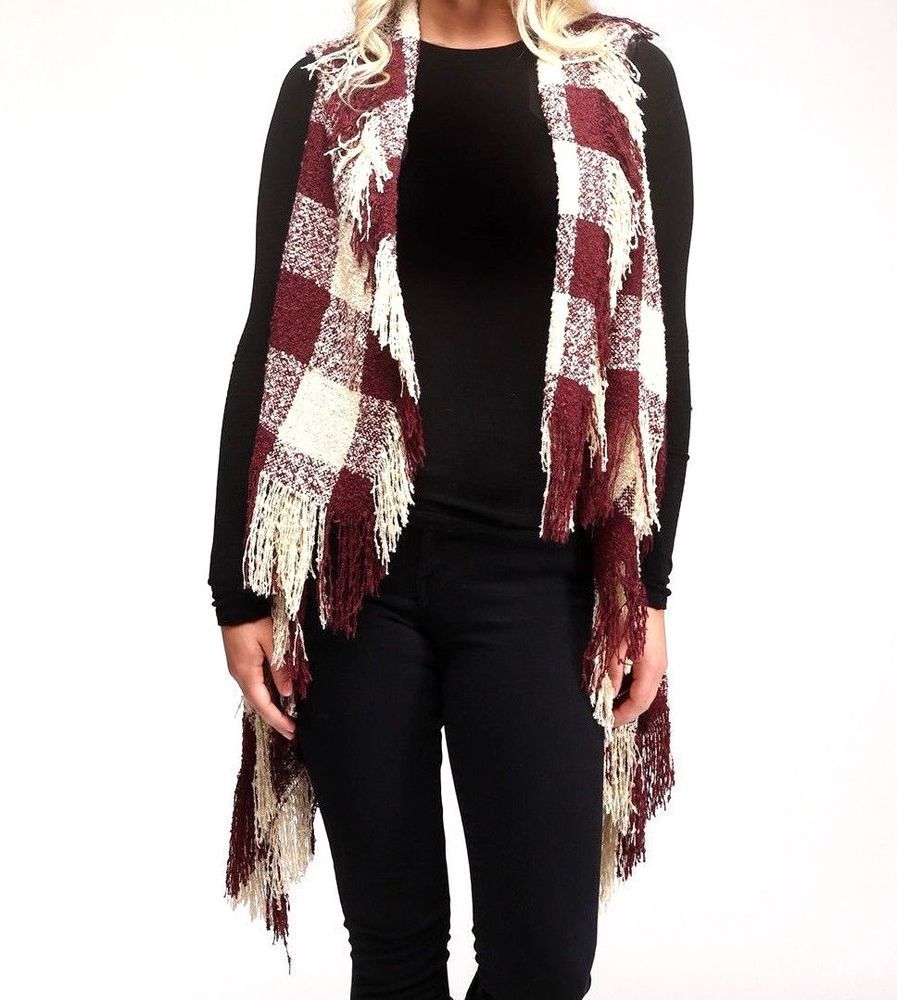
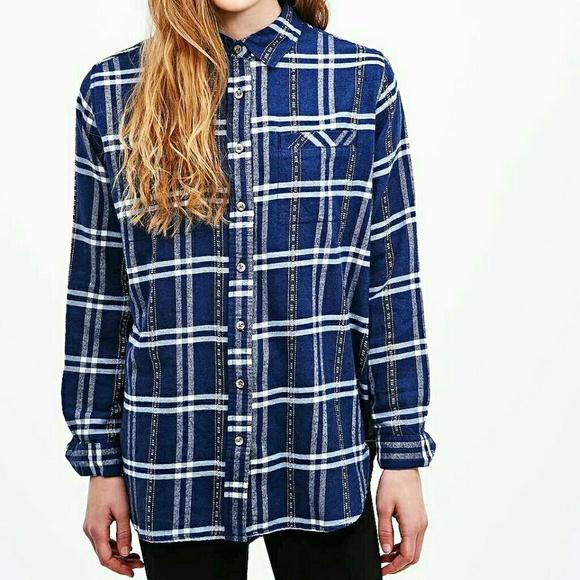
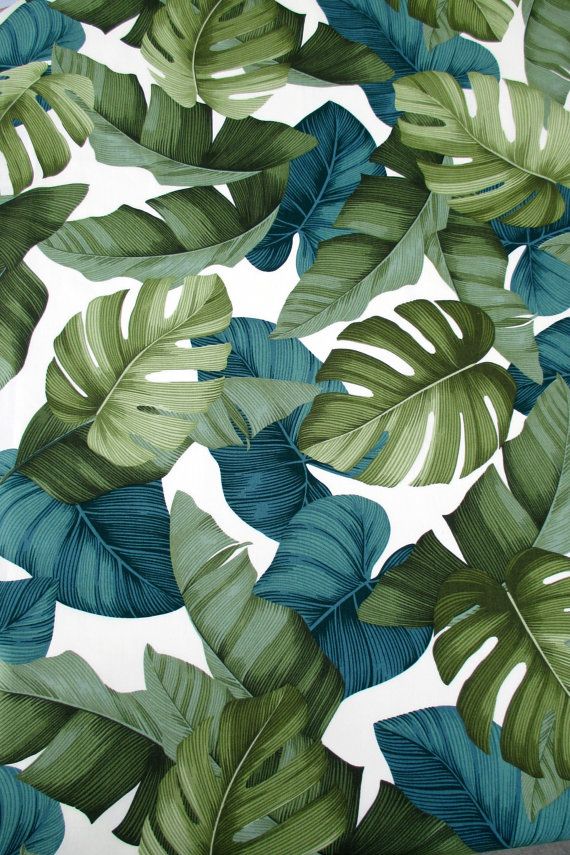
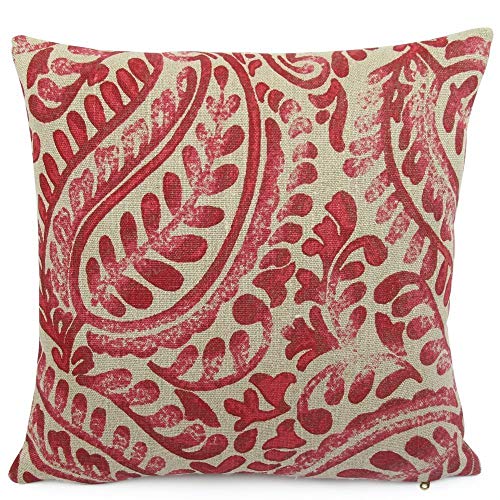
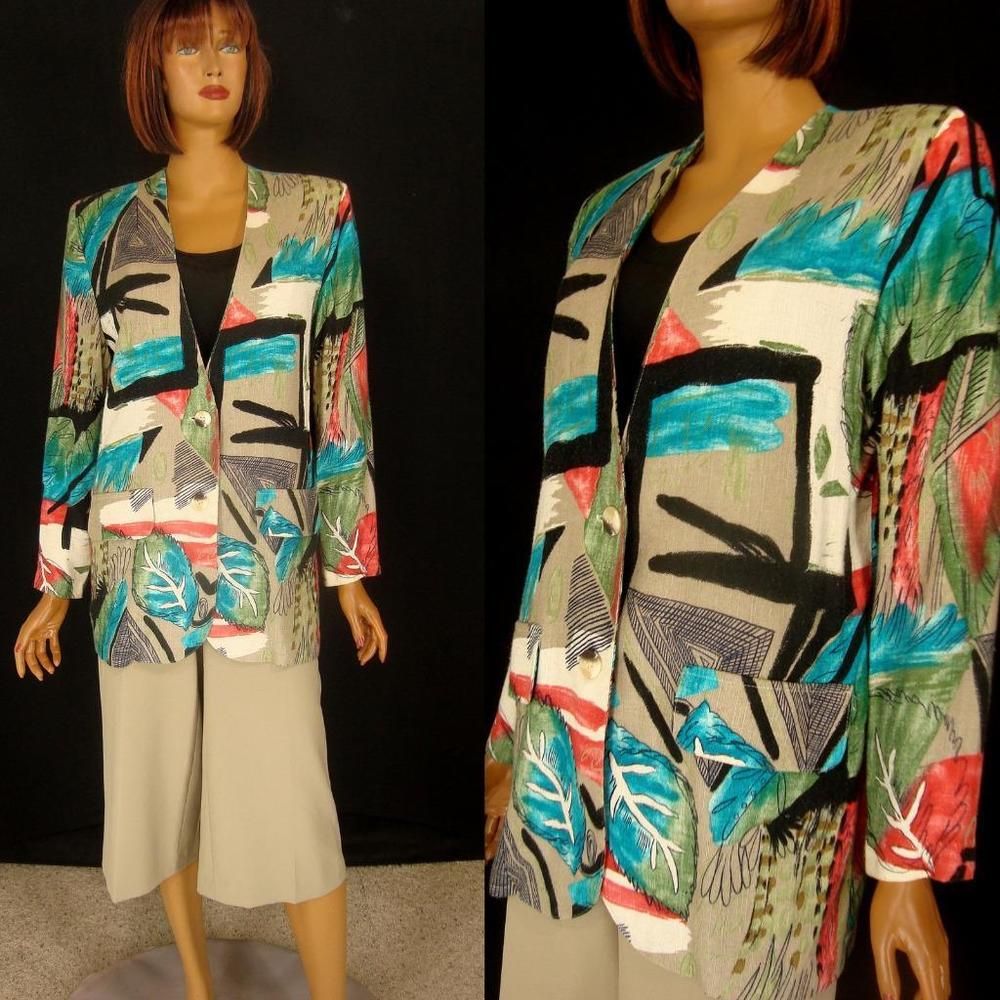
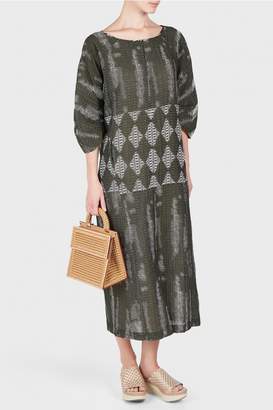
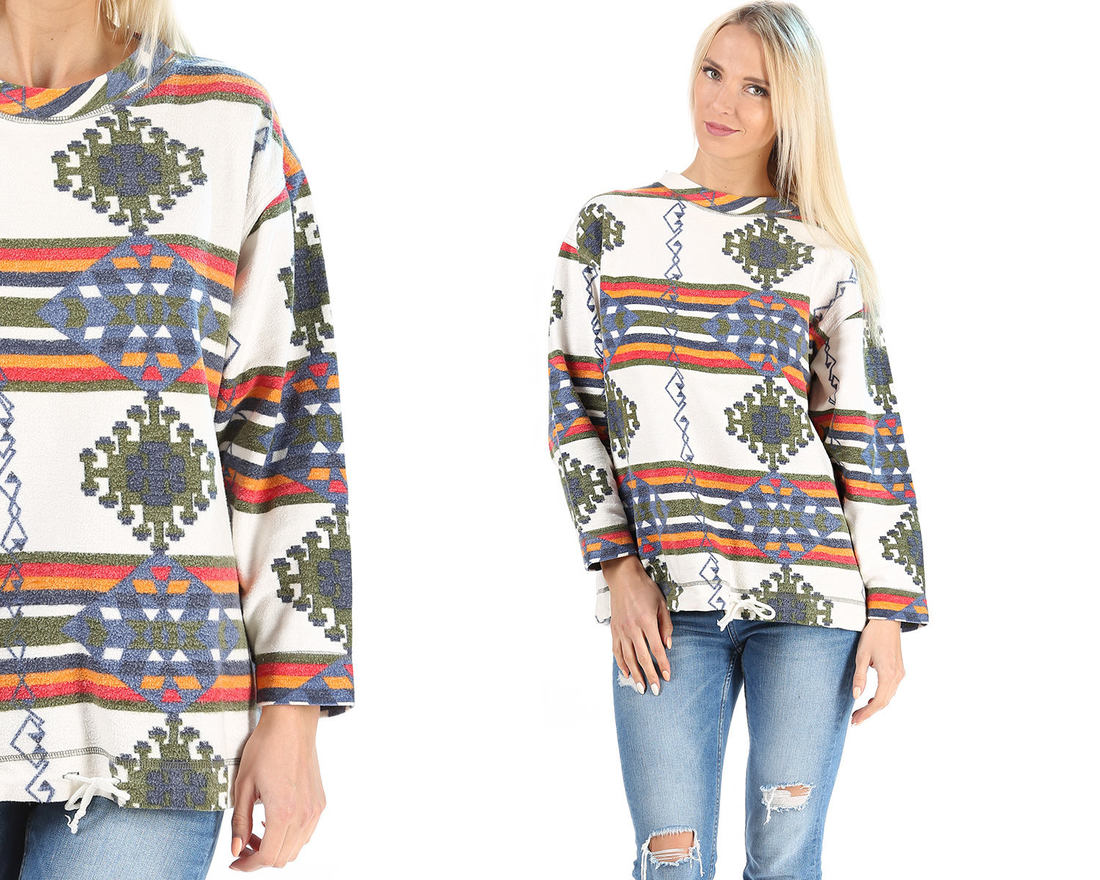
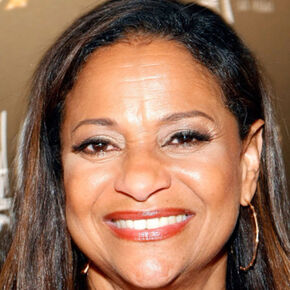
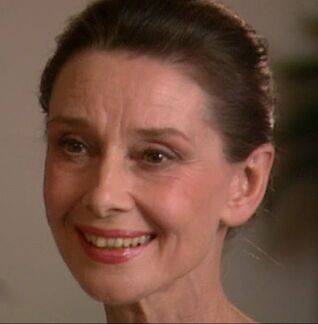
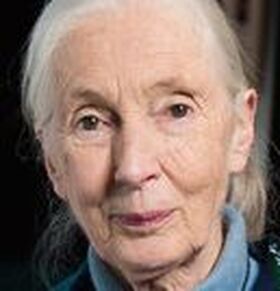
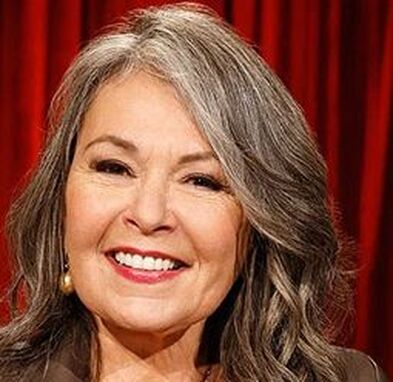
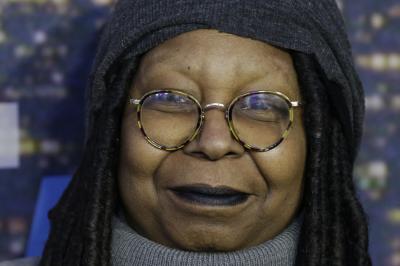
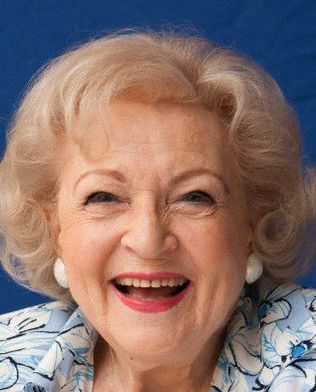
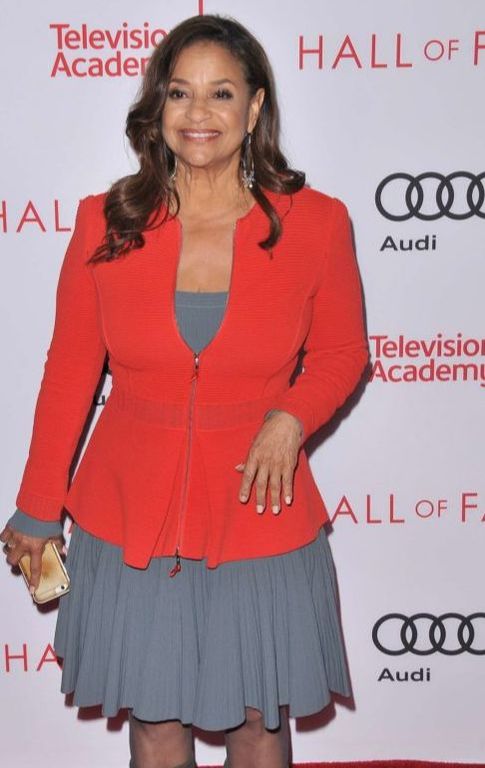
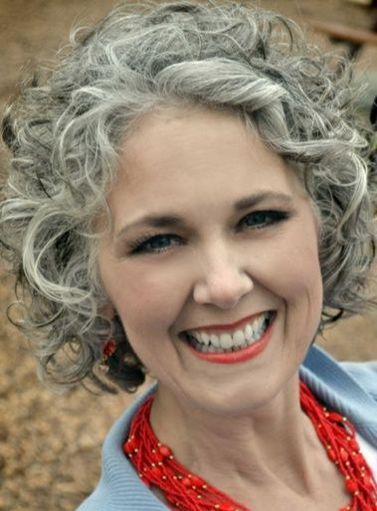
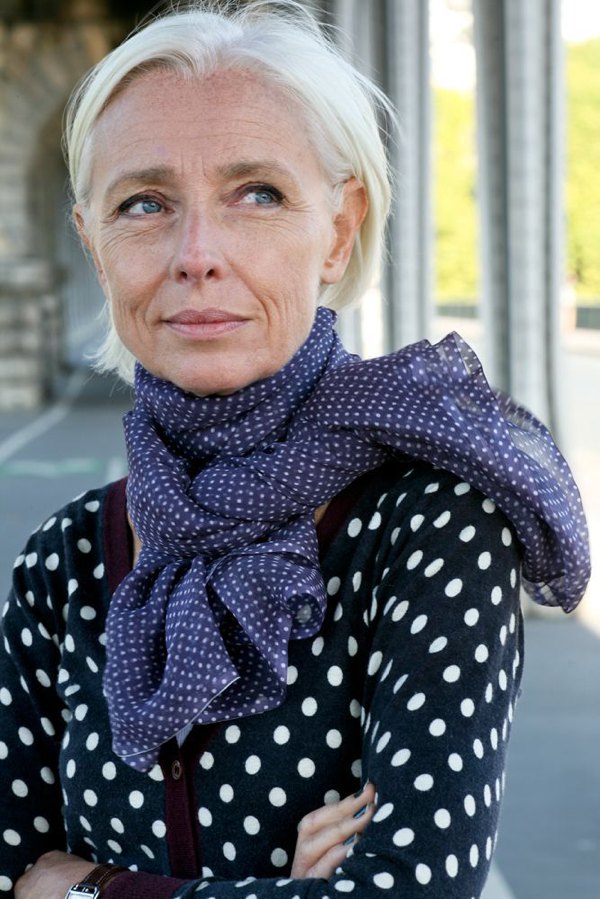
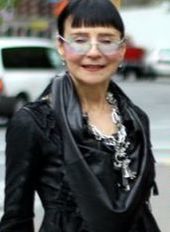
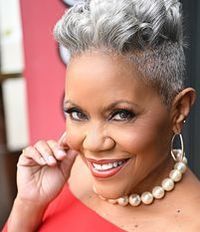
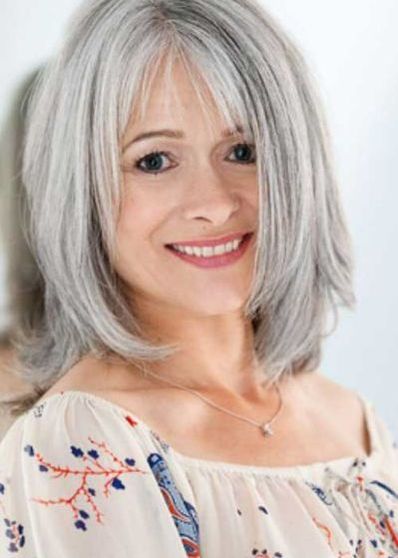
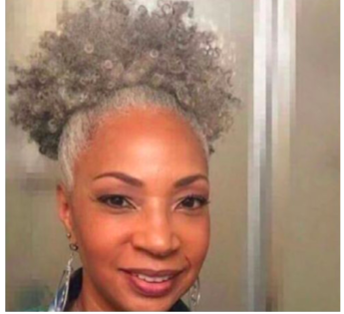
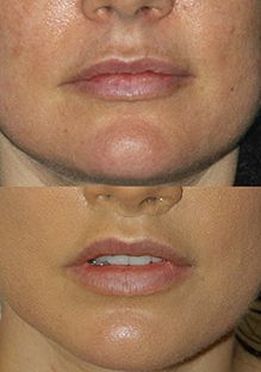
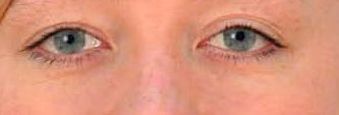
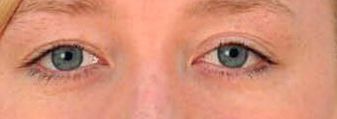
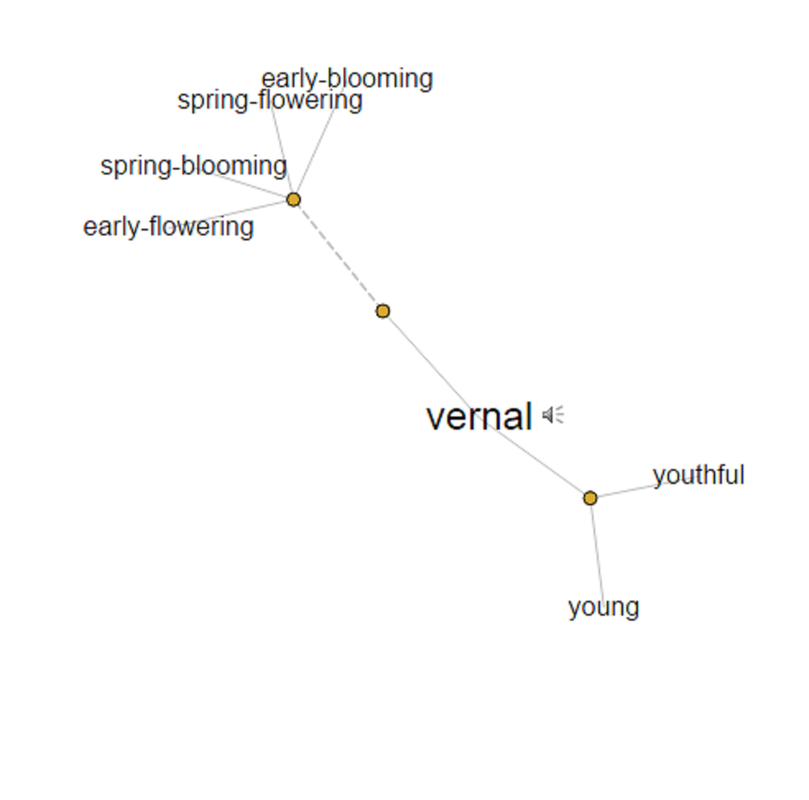
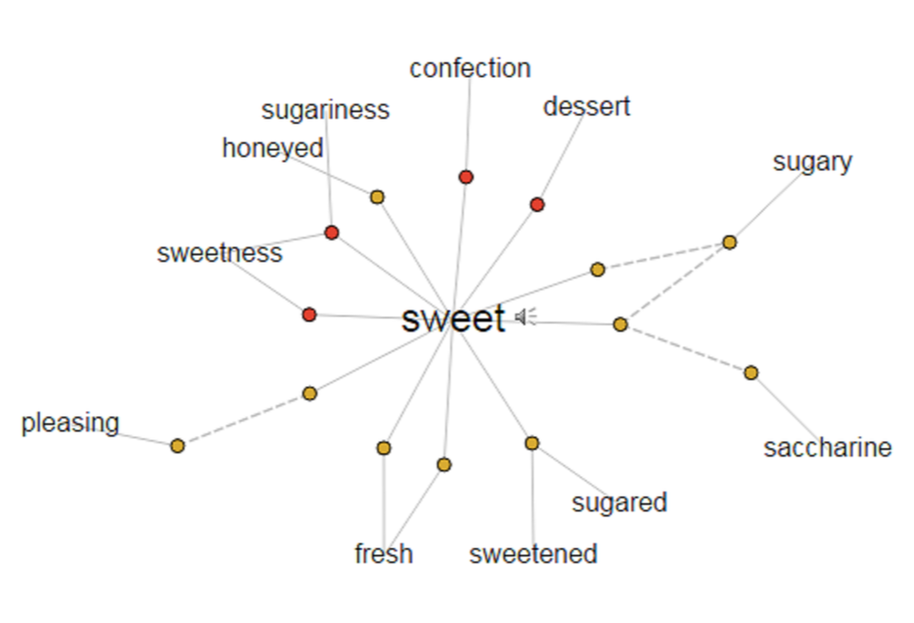
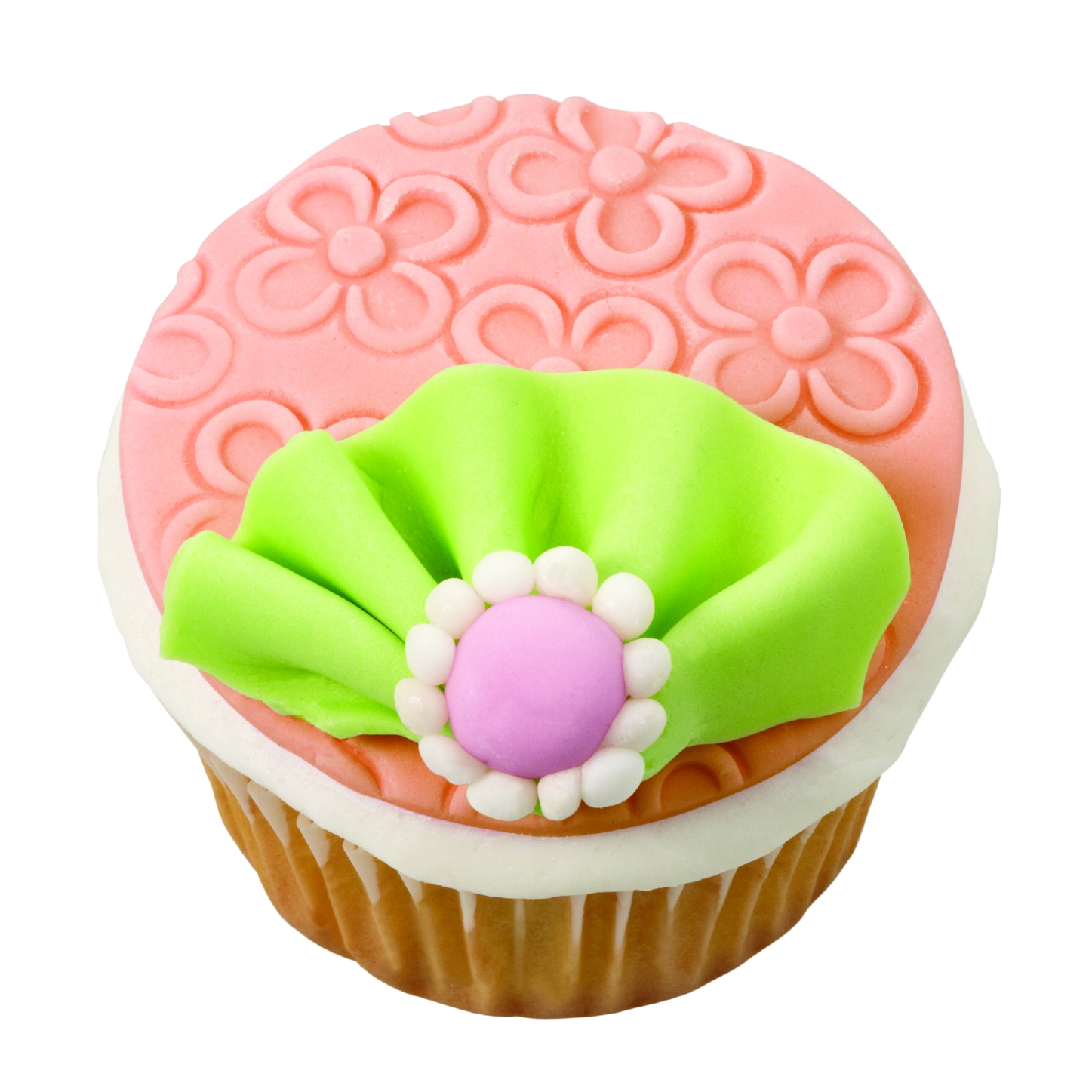
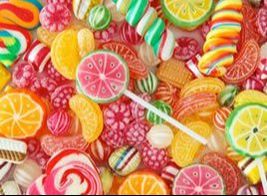
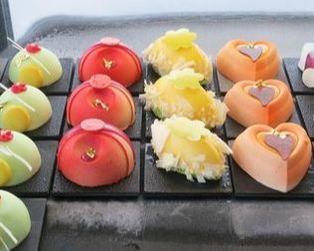
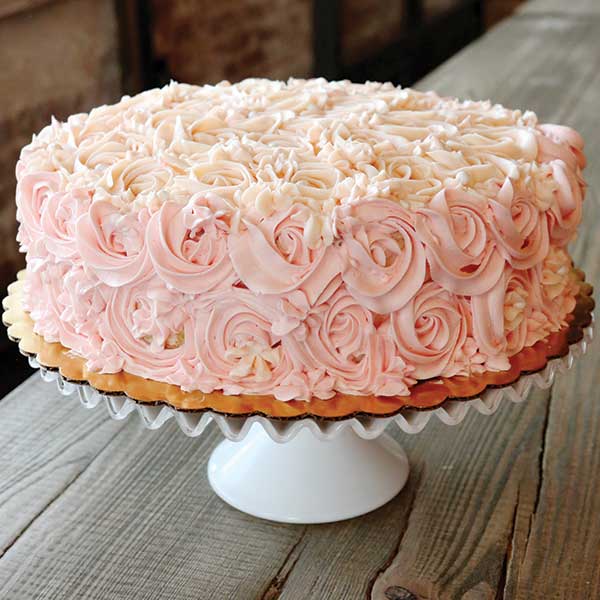
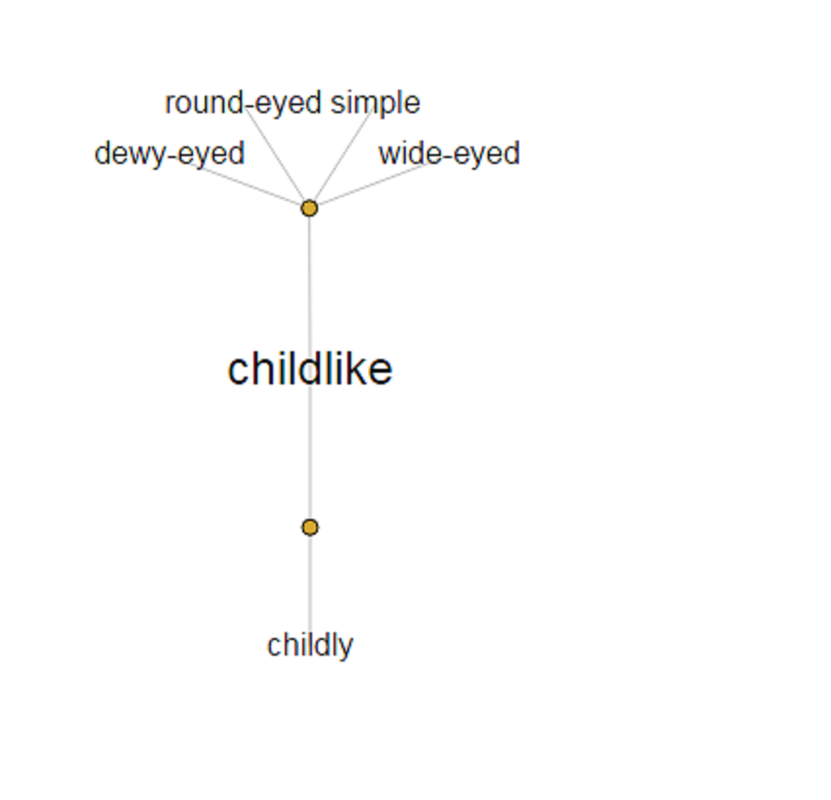
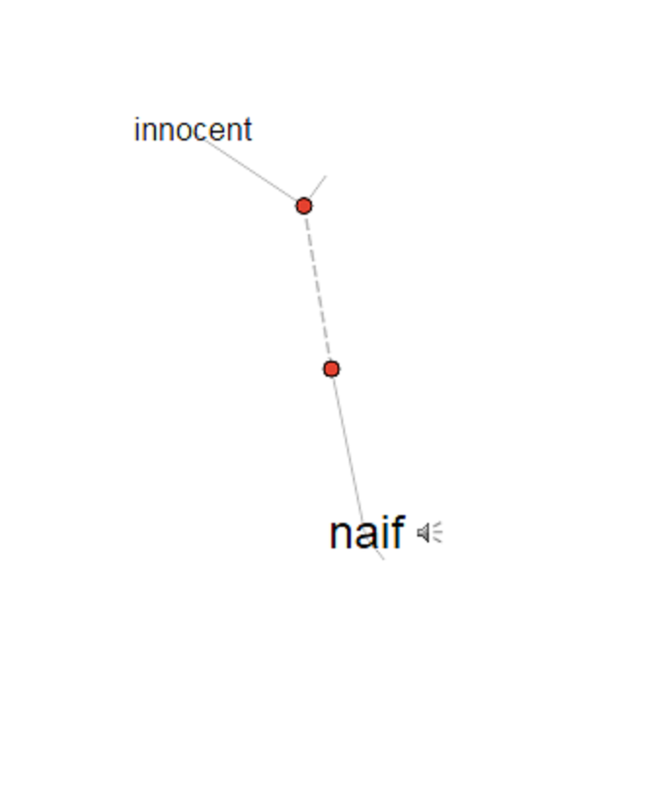
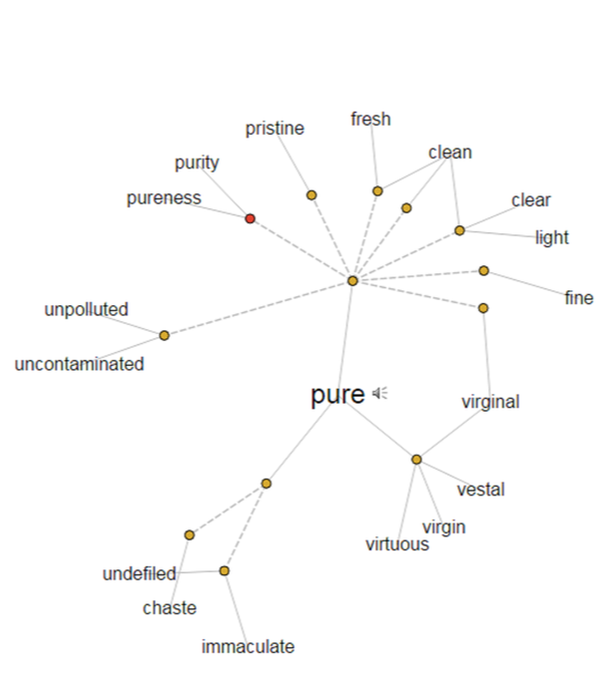
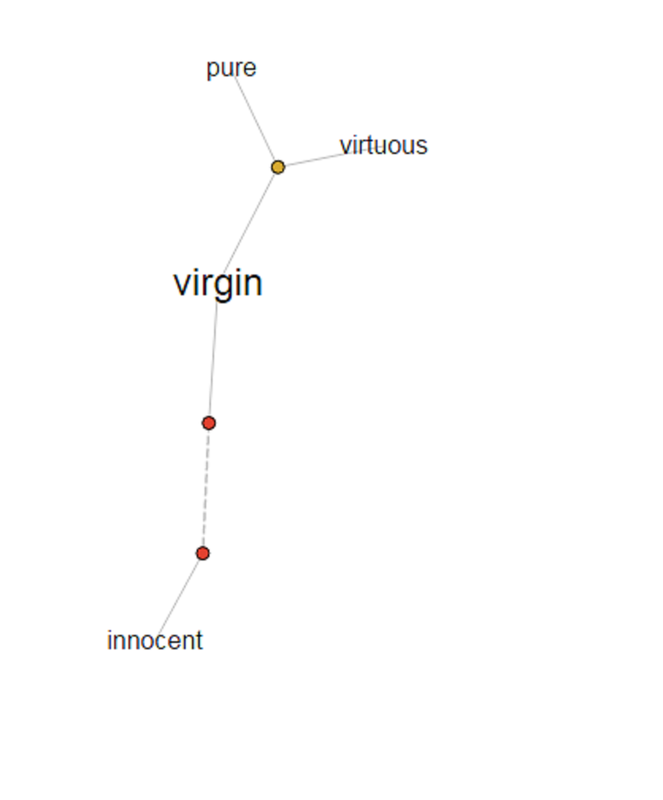
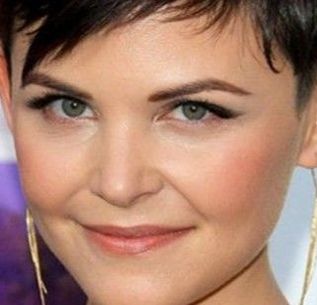
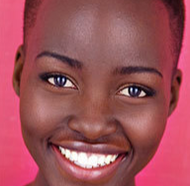
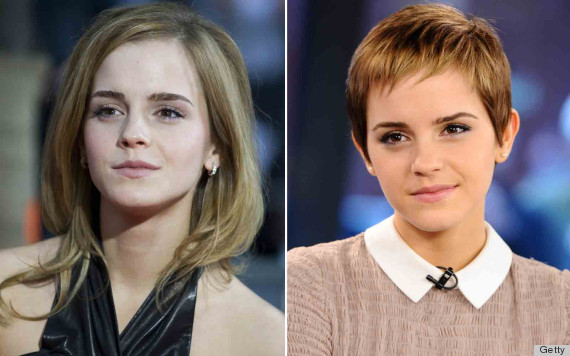
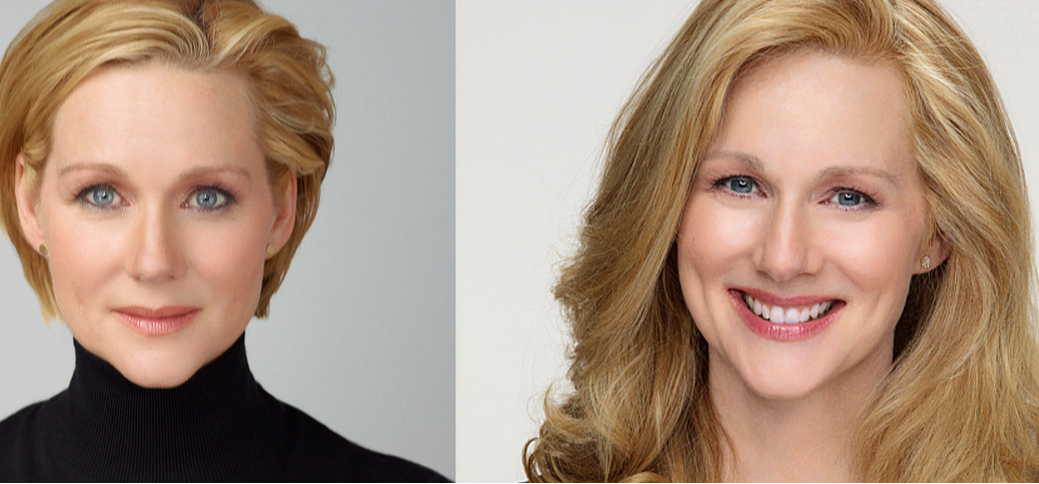
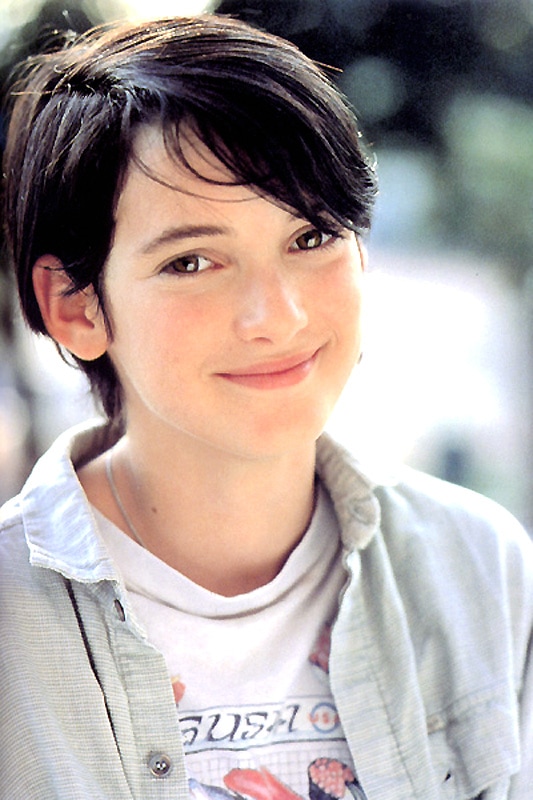
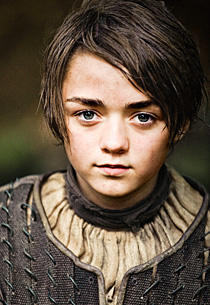
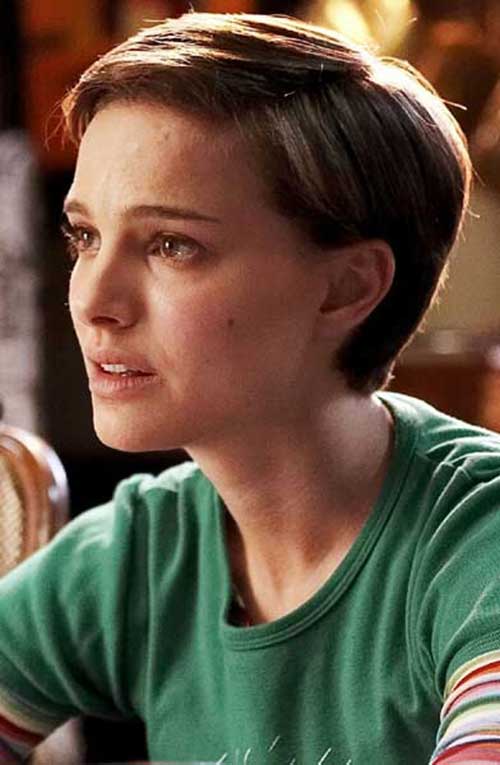
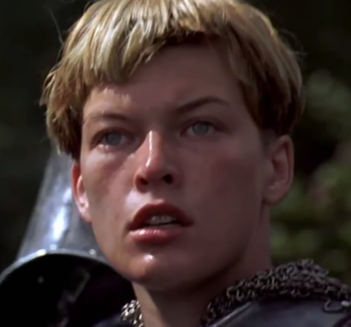
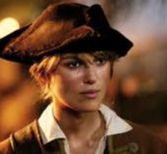
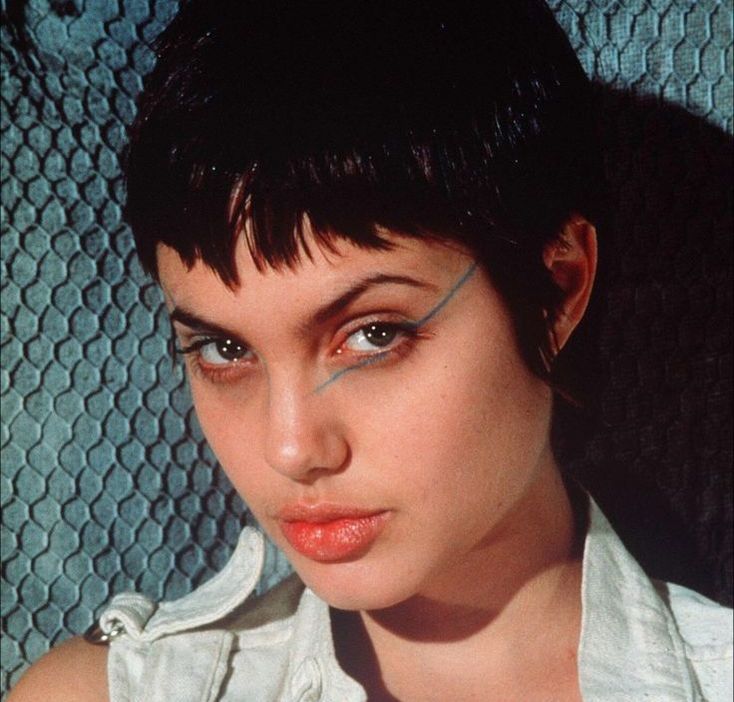
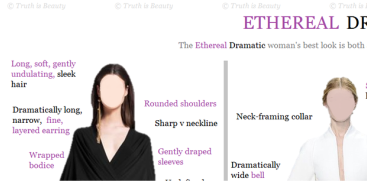
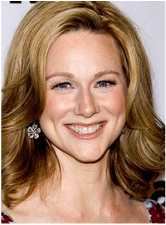
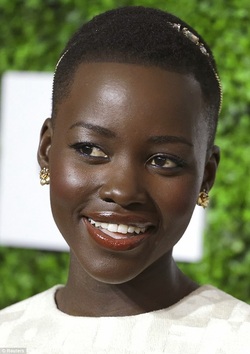
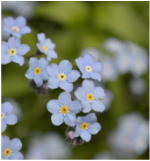
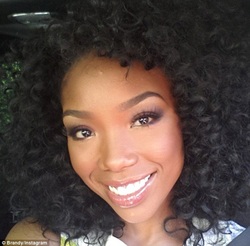
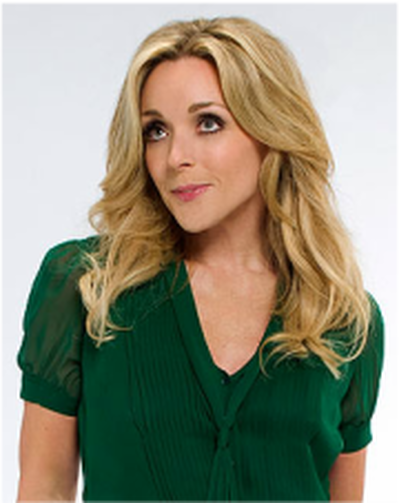
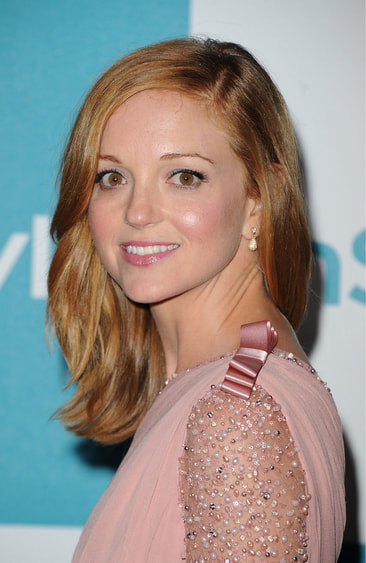
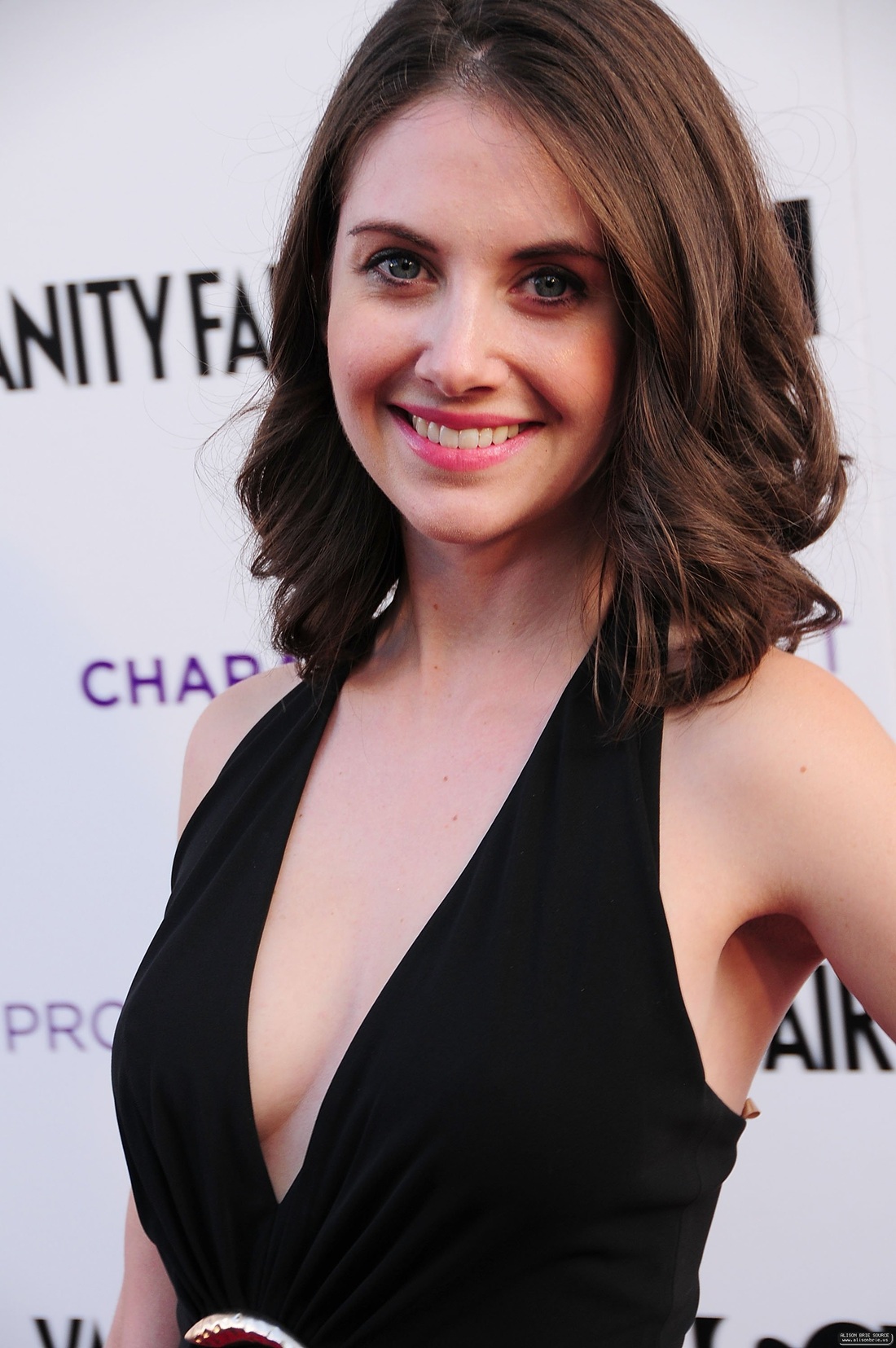
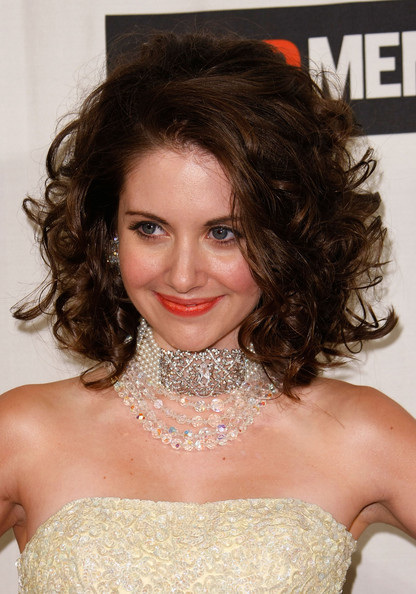
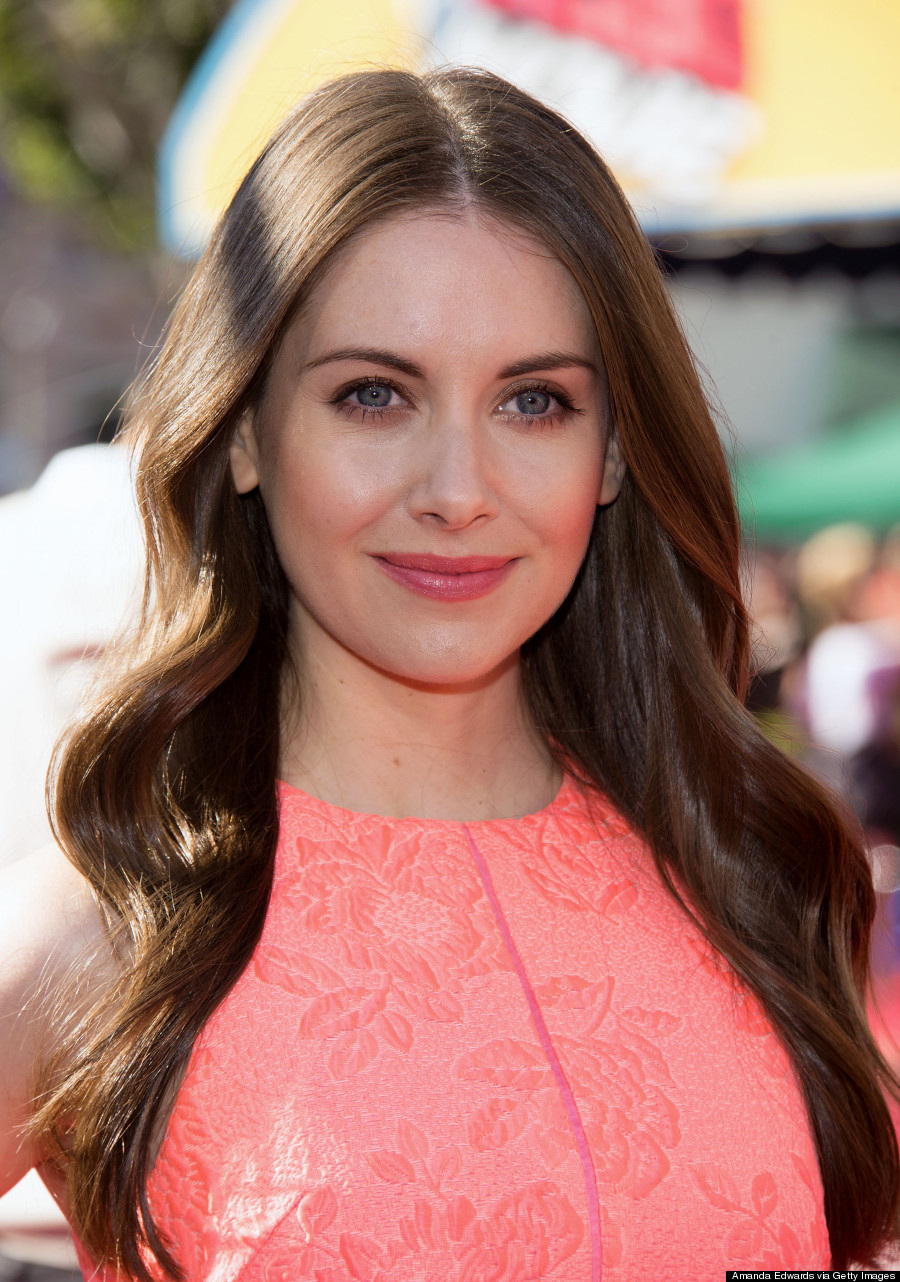
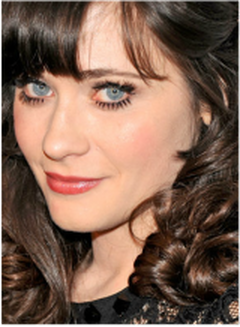
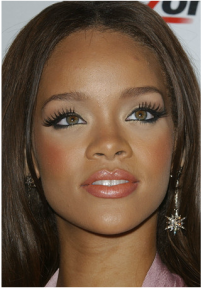
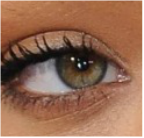
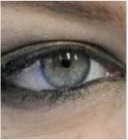
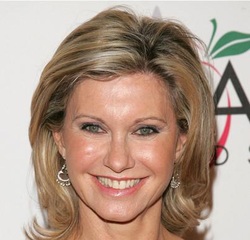
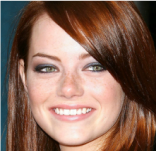
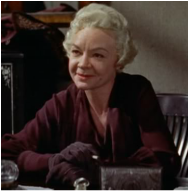
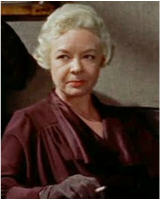
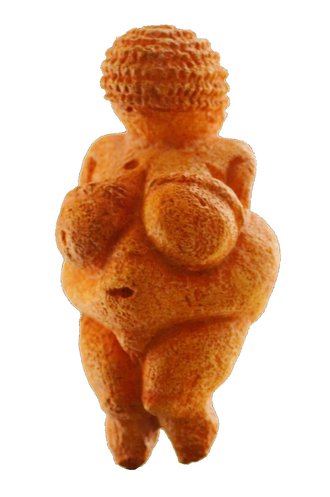
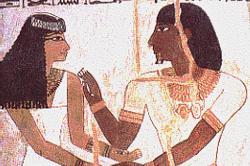
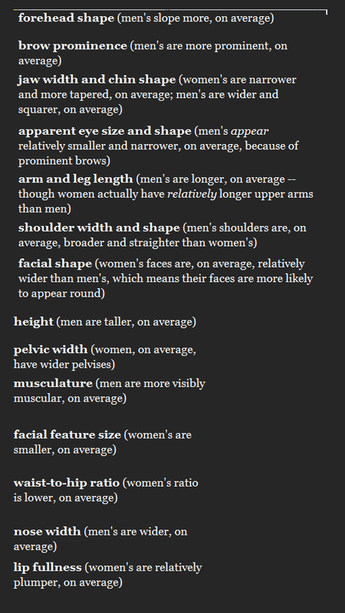
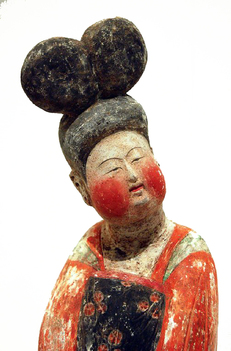
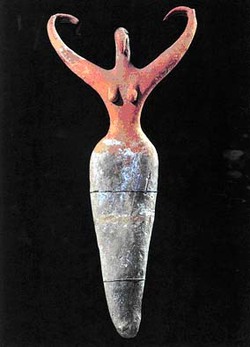
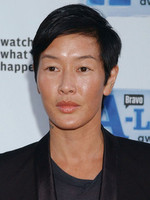
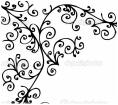
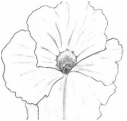
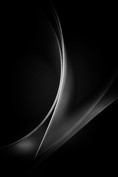
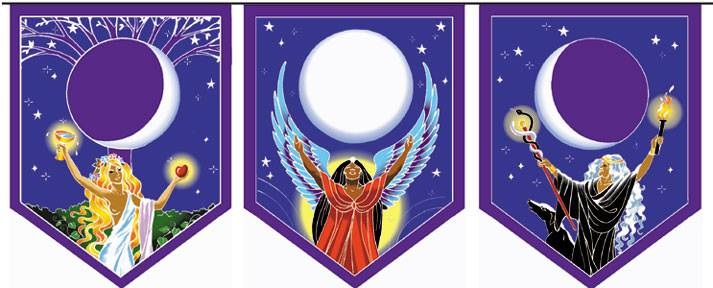
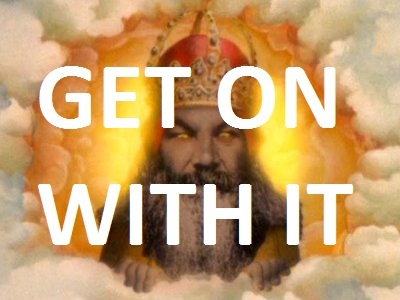
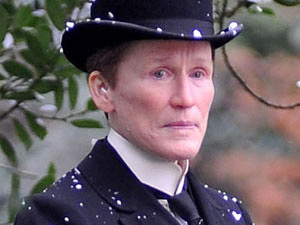
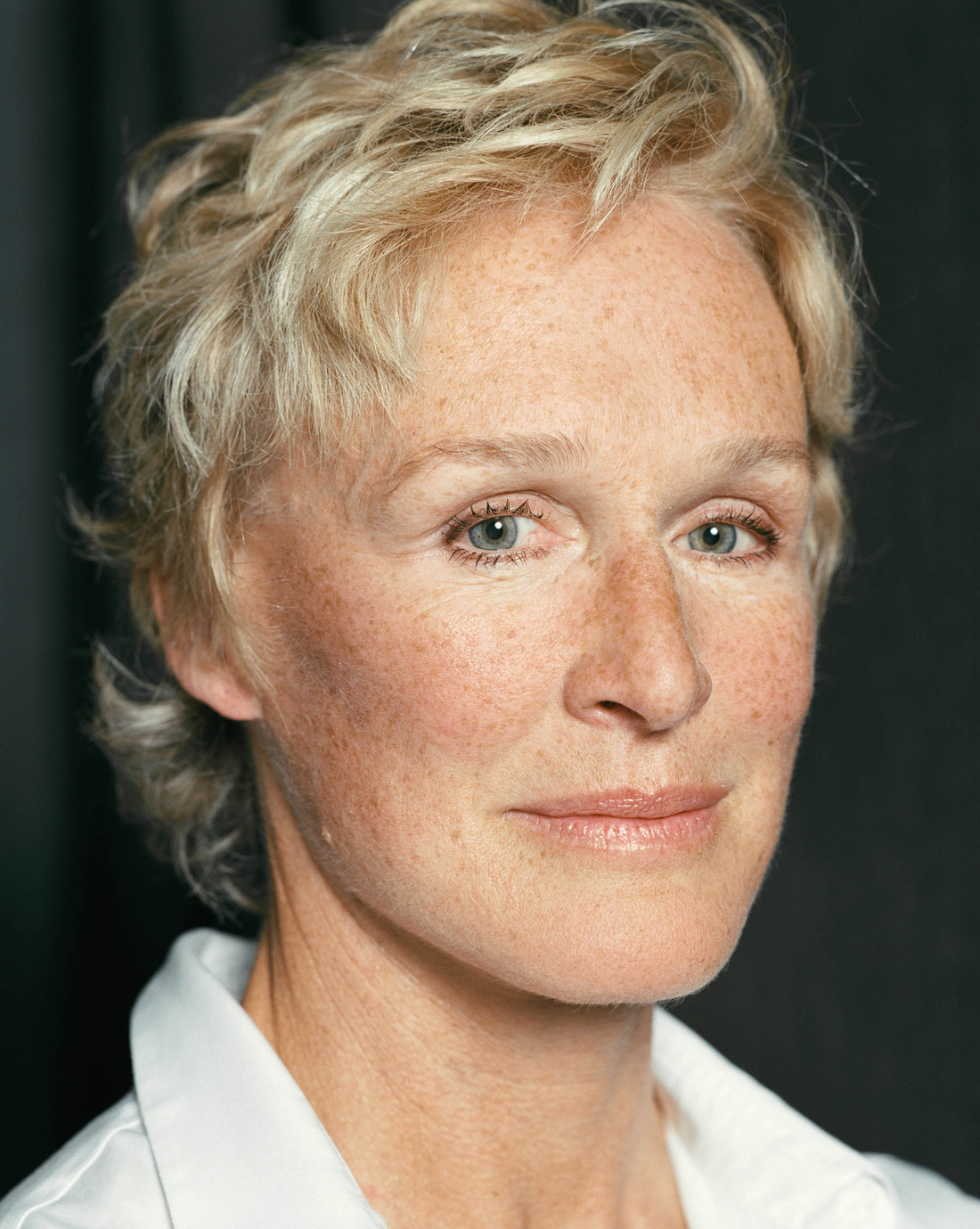
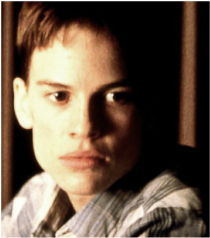
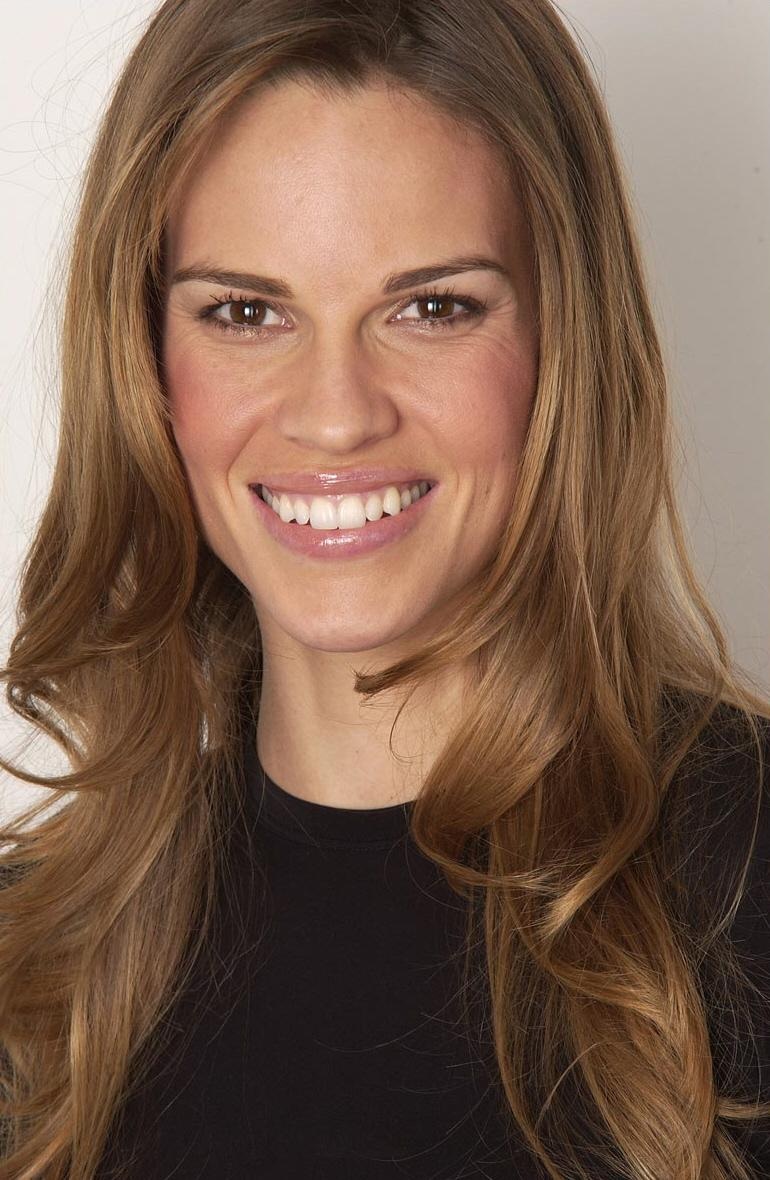
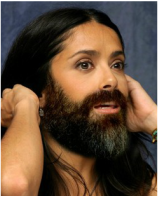
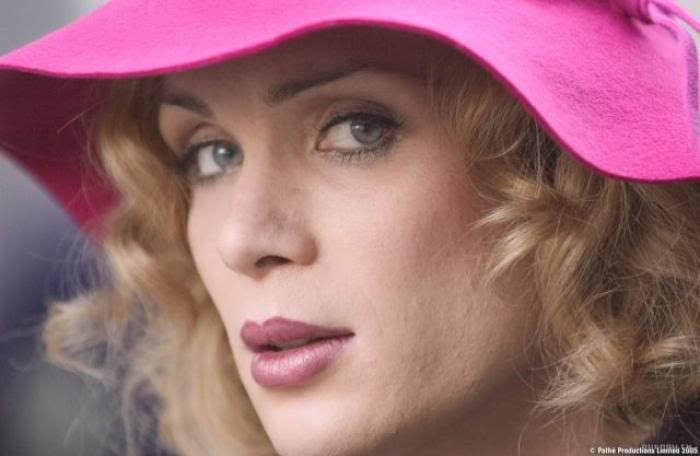

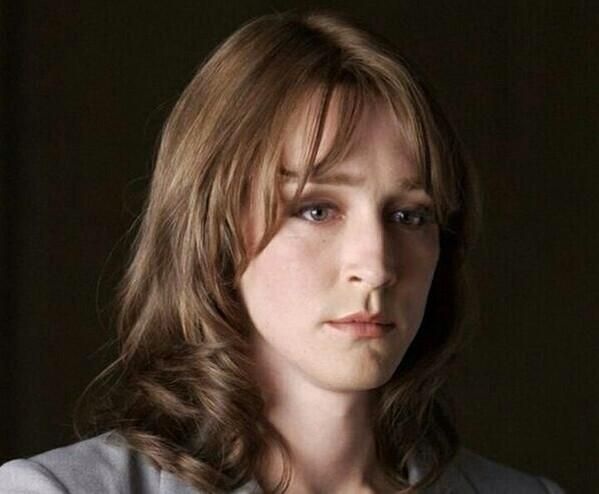

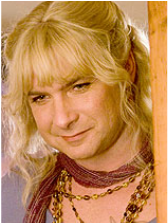
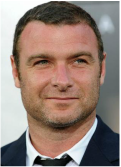
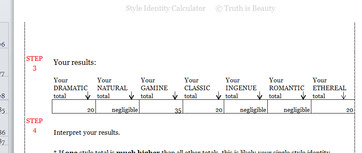

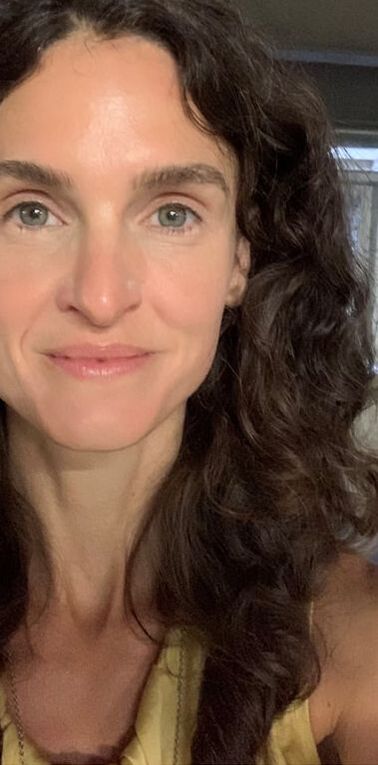

 RSS Feed
RSS Feed